Brick porches offer timeless charm that enhances any home's curb appeal while providing durable, weather-resistant outdoor living space. Whether you prefer classic red brick elegance or modern thin brick applications, these designs combine functionality with aesthetic appeal. From traditional farmhouse wraparound porches to contemporary minimalist entries, brick creates welcoming spaces that connect indoor and outdoor living. The natural texture and rich colors of brick complement various architectural styles, making it a versatile choice for homeowners seeking both beauty and longevity in their porch design.
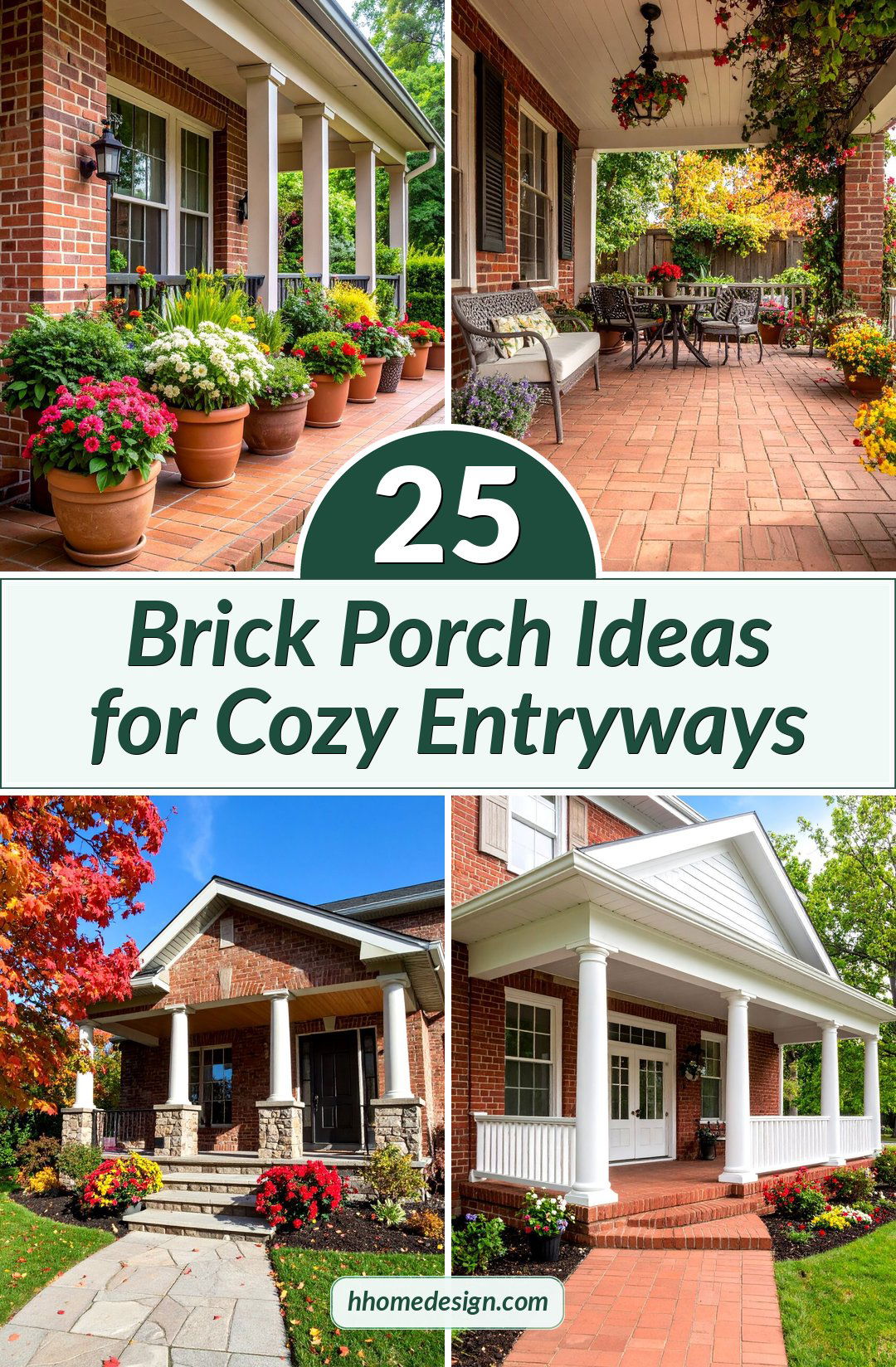
1. Classic Red Brick Porch with White Columns

Traditional red brick paired with crisp white columns creates a timeless entrance that works beautifully with colonial, Cape Cod, and traditional home styles. This classic combination offers excellent visual contrast while maintaining an elegant, formal appearance. The rich, warm tones of red brick provide a welcoming foundation, while white-painted wooden or composite columns add architectural interest and support the porch roof. Consider adding white railings and trim to complete the cohesive look. This design approach has remained popular for decades because it balances warmth with sophistication, creating an inviting entrance that never goes out of style.
2. Herringbone Pattern Brick Flooring
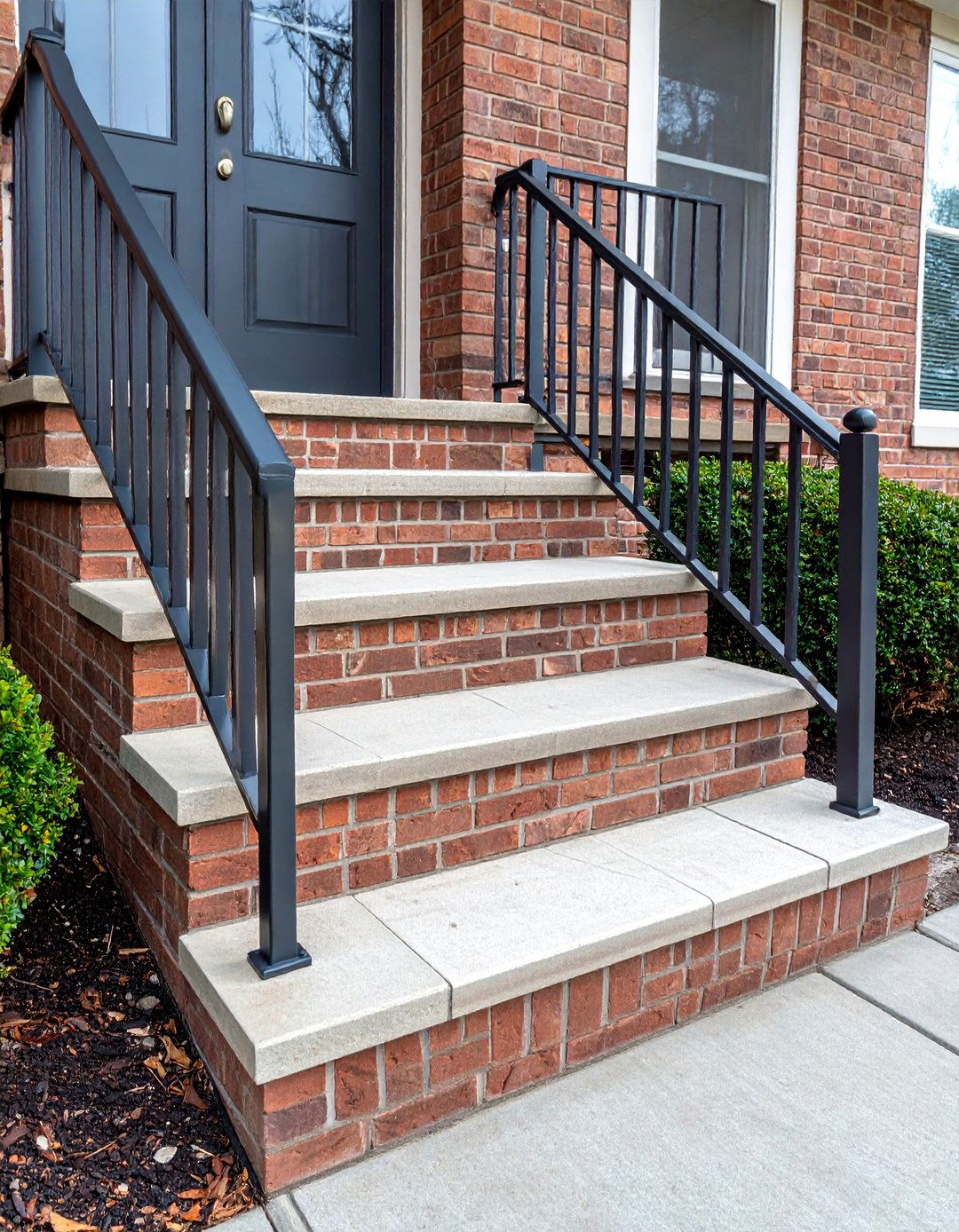
A herringbone brick pattern transforms ordinary porch flooring into a sophisticated design statement that adds visual movement and luxury appeal. This classic pattern involves laying rectangular bricks at 45-degree angles in a zigzag formation, creating geometric interest that draws the eye and makes spaces feel larger. The interlocking design provides excellent stability and durability while offering endless customization options through different brick colors and grout choices. Installation requires careful planning and precise measurements, but the result is a high-end appearance that complements both traditional and modern home styles. Herringbone patterns work particularly well in entry areas where you want to make a strong first impression.
3. Brick Steps with Natural Stone Caps
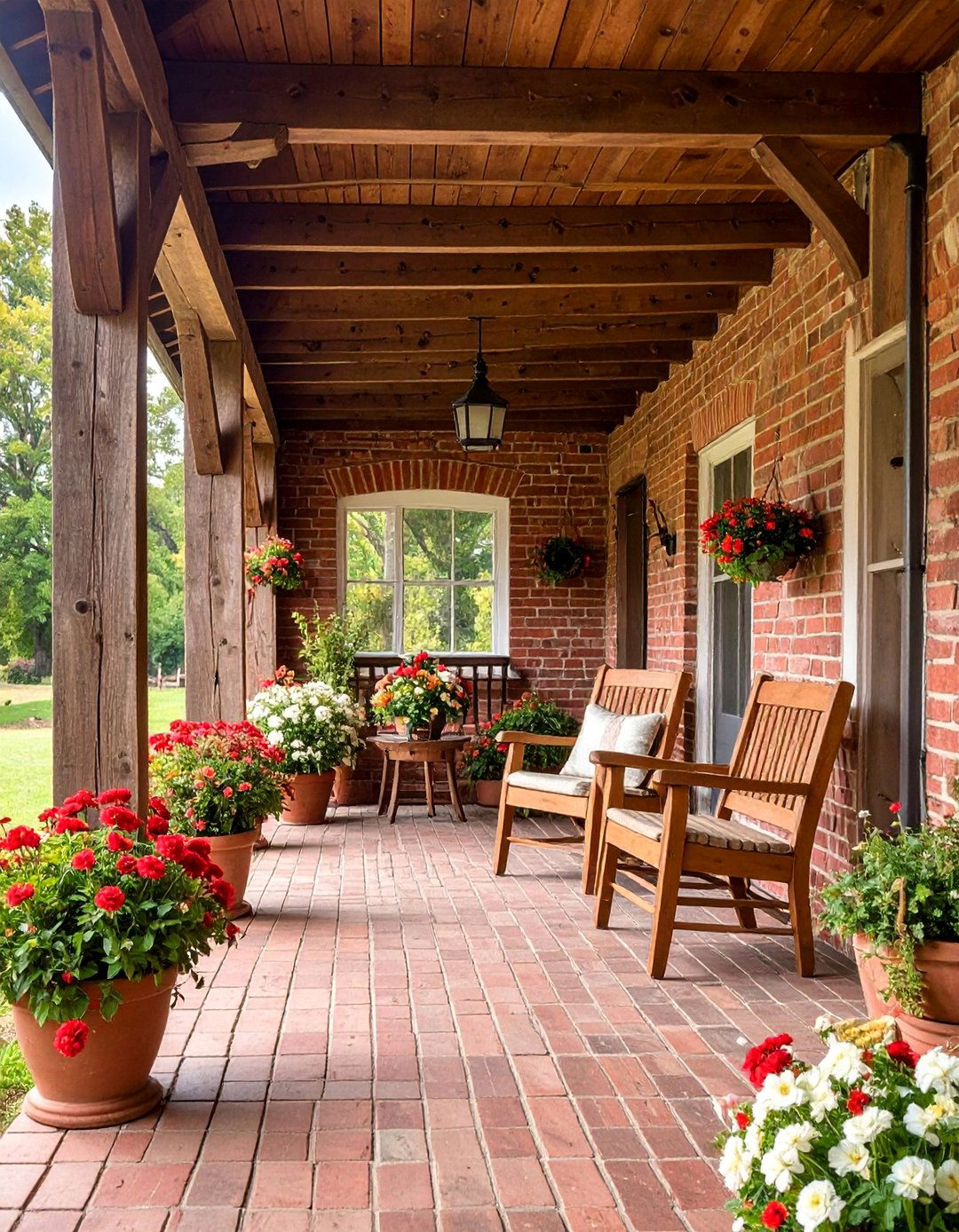
Combining brick steps with natural stone treads or caps creates an elegant transition that blends durability with visual appeal. This design approach uses brick for the vertical risers while incorporating limestone, bluestone, or granite for the horizontal walking surfaces. The stone caps provide a smooth, safe walking surface while protecting the underlying brick structure from weather and wear. This combination works well in various architectural styles, from traditional to contemporary, and offers the practical benefit of easier maintenance on high-traffic areas. The contrast between brick texture and smooth stone creates visual interest while maintaining a cohesive, upscale appearance that enhances your home's entrance.
4. Covered Brick Porch with Ceiling Fans
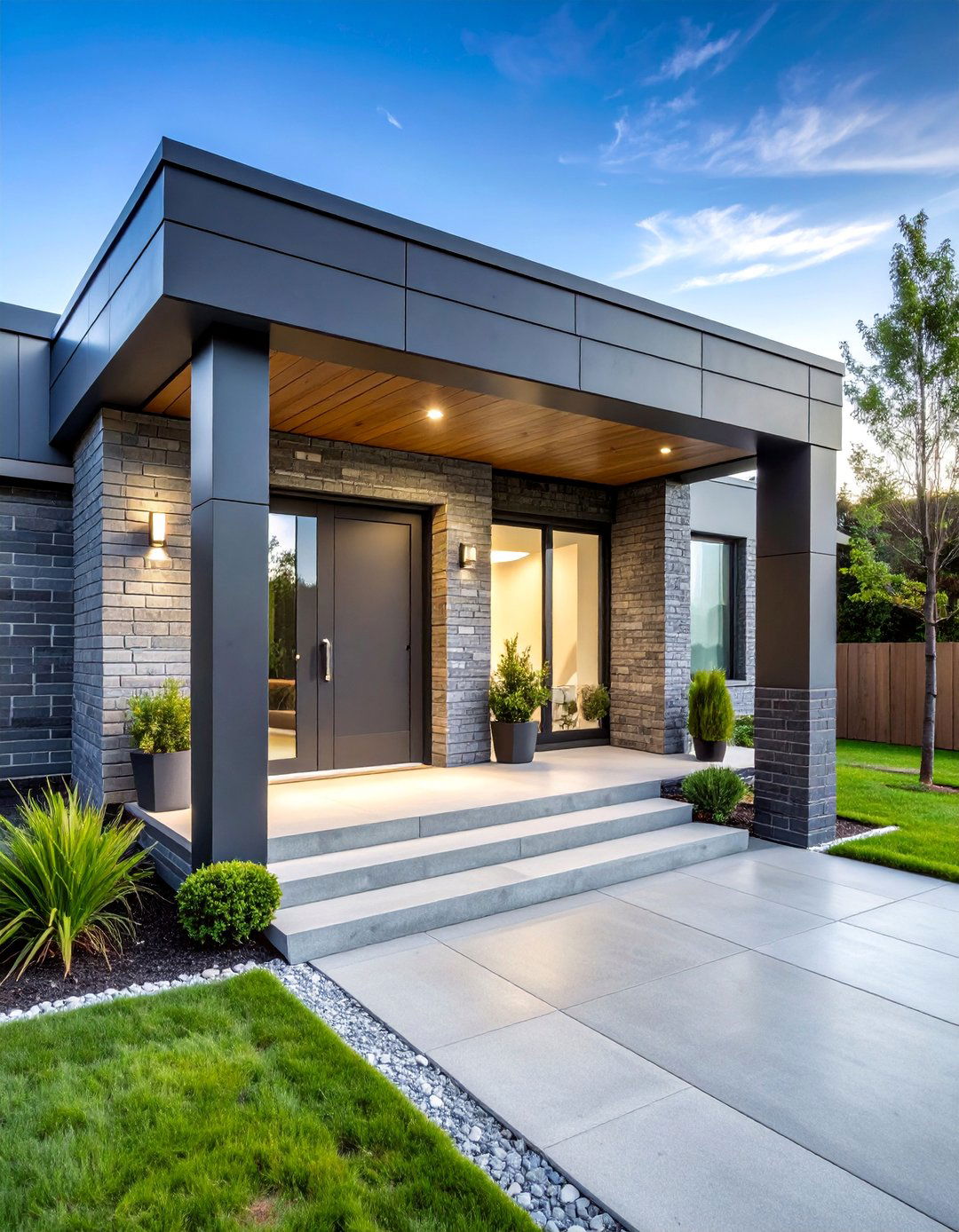
A covered brick porch with ceiling fans extends your living space while providing comfort during warm weather and protection from the elements. The solid brick foundation supports a roof structure that can feature exposed wooden beams, painted ceilings, or decorative elements. Adding ceiling fans creates air circulation that makes the space usable even on hot days, while the roof provides shade and shelter from rain. This design works particularly well for larger porches where you plan to spend extended time relaxing or entertaining. Consider incorporating outdoor lighting, comfortable seating, and weather-resistant furniture to create a true outdoor room that bridges indoor and outdoor living experiences.
5. Farmhouse Brick Porch with Wooden Beams
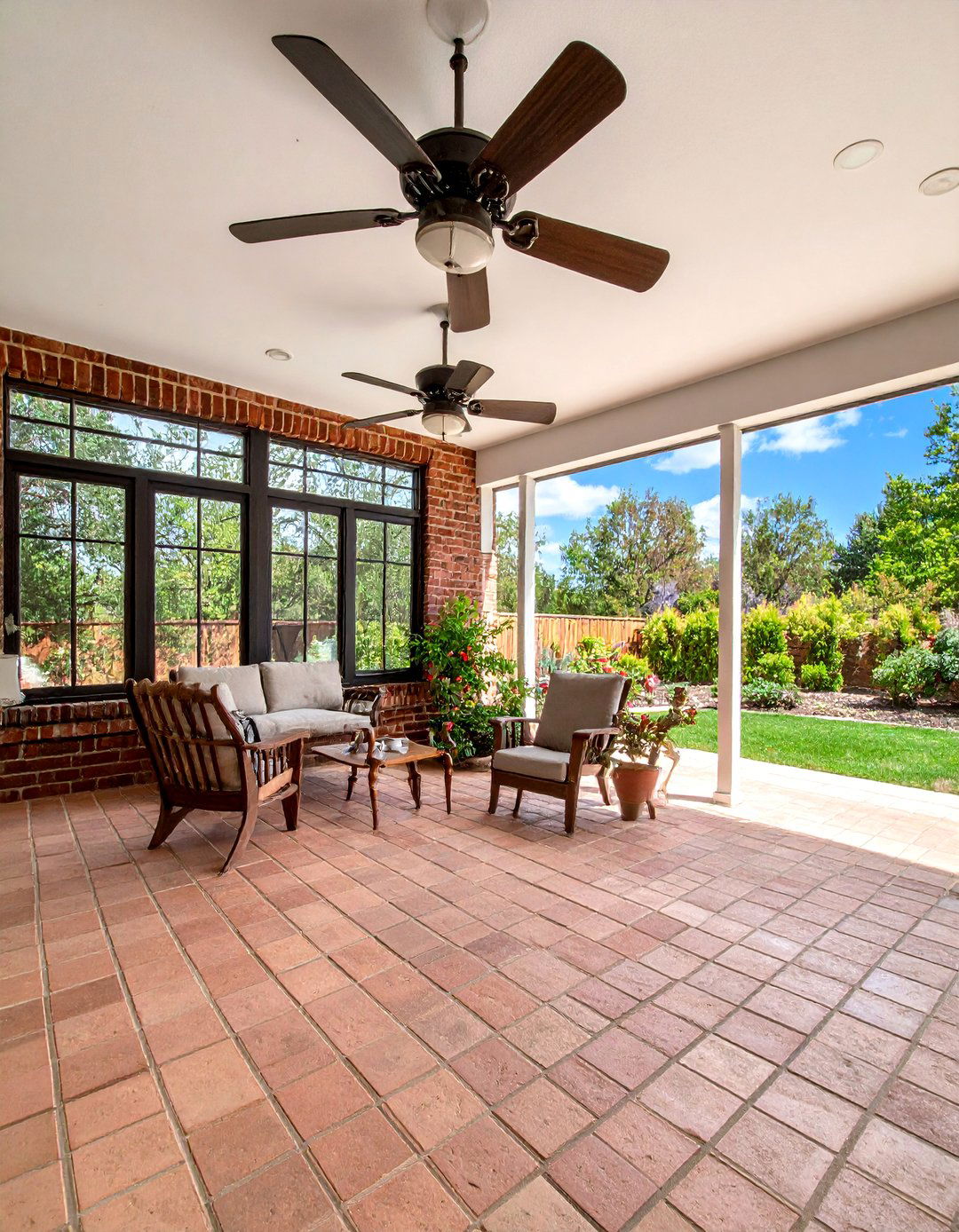
Farmhouse-style brick porches blend rustic charm with practical functionality through the combination of weathered or reclaimed brick and exposed wooden structural elements. This design approach emphasizes natural materials and authentic textures that create a warm, lived-in feeling. The brick provides a durable foundation while wooden beams, posts, and ceiling elements add warmth and character. Consider using slightly irregular or aged bricks to enhance the rustic appeal, and pair them with natural wood finishes that complement the overall farmhouse aesthetic. This style works beautifully with country and rural home designs, creating an inviting entrance that feels connected to the surrounding landscape and agricultural heritage.
6. Modern Thin Brick Design

Thin brick applications offer contemporary styling with easier installation and updated visual appeal perfect for modern home designs. These slimmer brick profiles create clean lines and subtle texture without overwhelming minimalist architectural elements. Thin bricks can be installed directly over existing concrete surfaces, making them ideal for porch renovations. Choose neutral colors like whitewashed gray or charcoal for a sleek, contemporary look, and consider stacked bond patterns that emphasize horizontal lines. This approach works particularly well with modern and transitional home styles where you want the warmth of brick without traditional bulk. The streamlined appearance complements other contemporary materials like steel, glass, and smooth concrete elements.
7. Wraparound Brick Porch Design
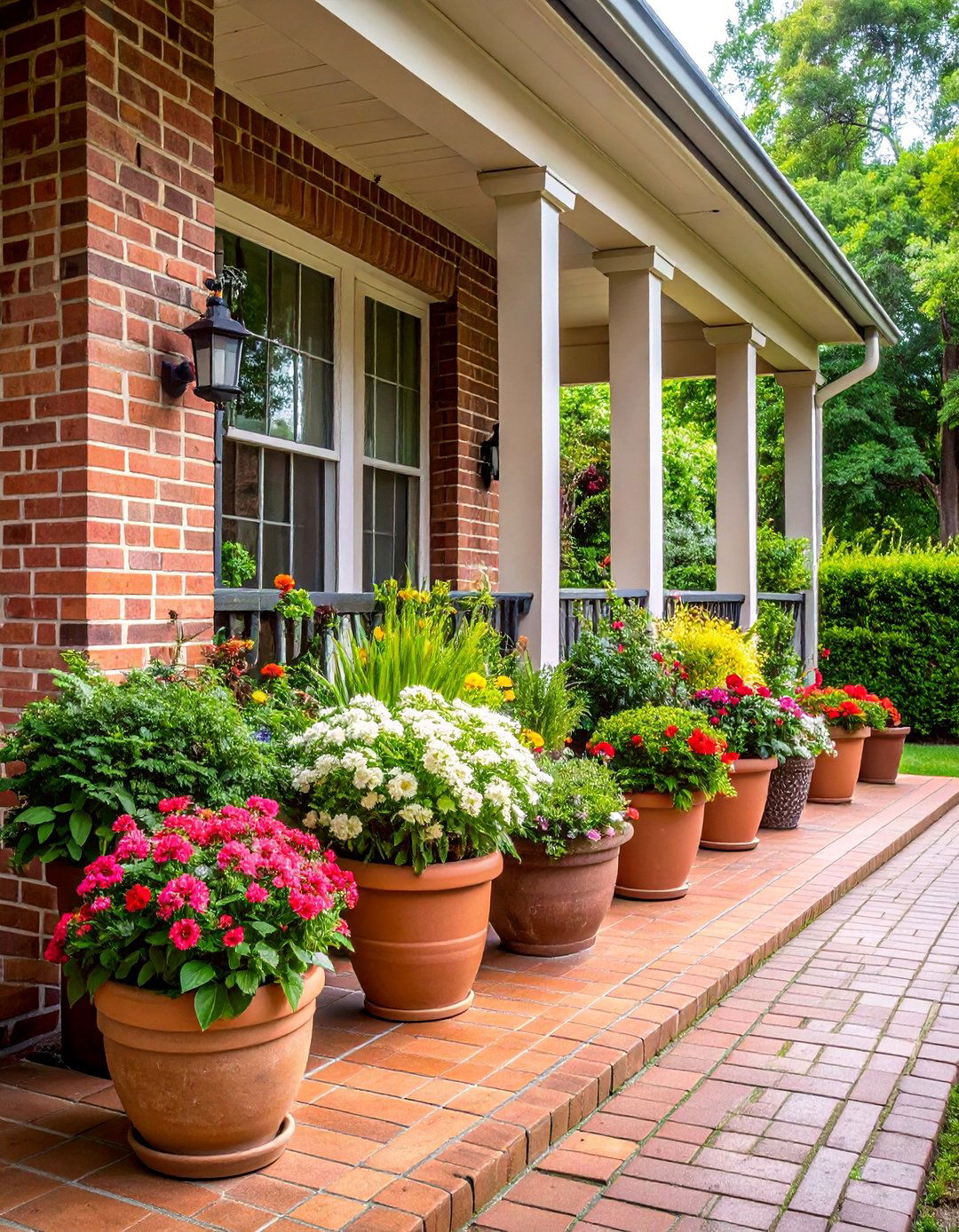
Wraparound brick porches extend living space around two or more sides of your home, creating generous areas for relaxation and entertainment while adding significant architectural presence. This design approach provides multiple access points from various interior rooms and offers different viewing perspectives throughout the day. The continuous brick flooring creates visual flow while supporting furniture arrangements and activity zones. Consider incorporating ceiling fans, outdoor lighting, and built-in seating to maximize functionality. Wraparound designs work particularly well with farmhouse, Victorian, and traditional home styles, providing shade, weather protection, and social spaces that connect you with your neighborhood while maintaining privacy and comfort for family activities.
8. Screened-In Brick Porch
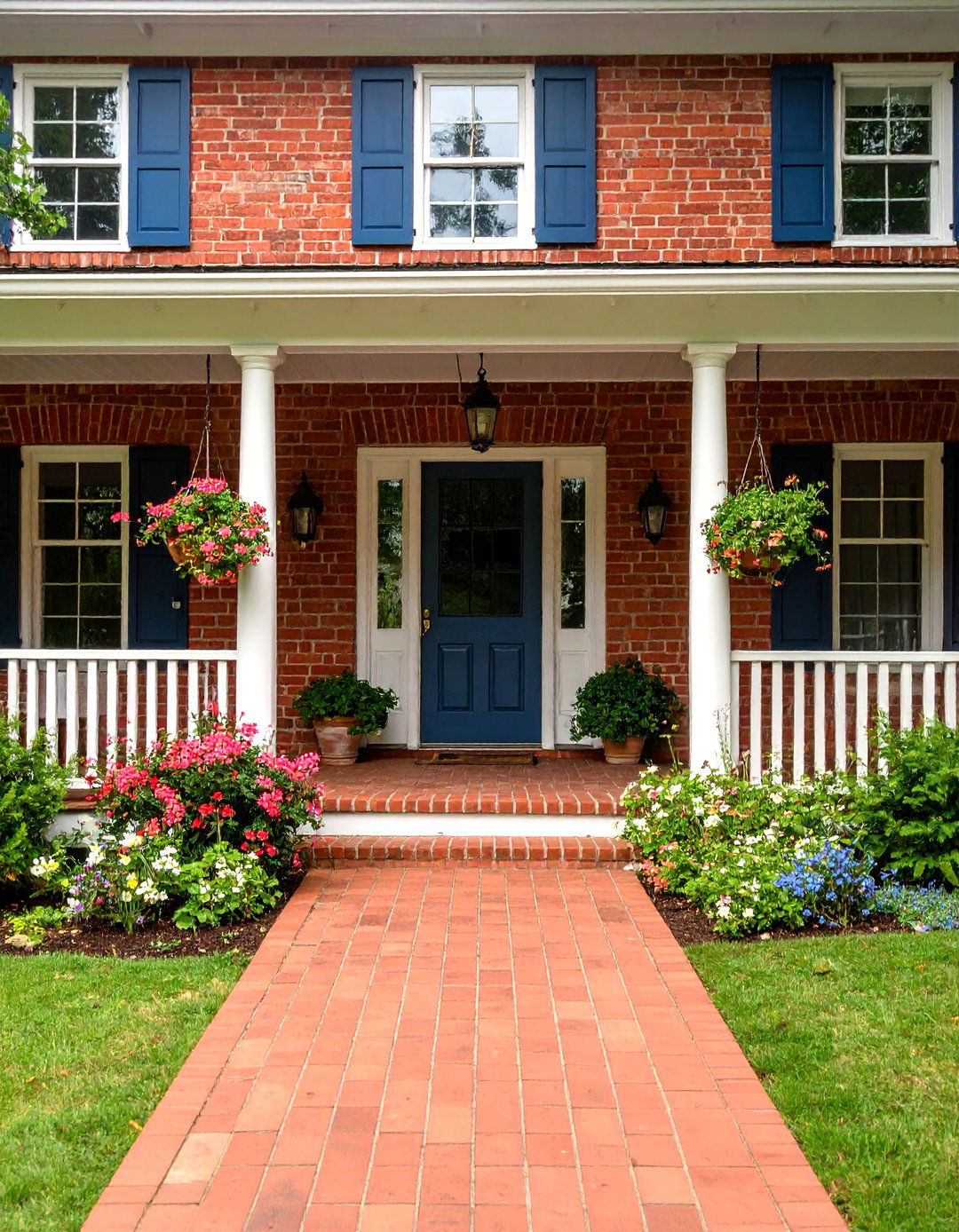
Screened-in brick porches combine the durability of brick construction with year-round usability and protection from insects and weather. This design creates an outdoor room that functions comfortably in various seasons while maintaining connection to the surrounding landscape. The solid brick foundation supports screen systems that can be permanent or seasonal, depending on your climate and preferences. Consider incorporating ceiling fans, outdoor furniture, and lighting to create a comfortable living space. This approach works well for families who want to enjoy outdoor dining and relaxation without dealing with bugs or strong wind. The enclosed feeling provides privacy while still offering fresh air and natural light.
9. Brick Porch with Wrought Iron Features
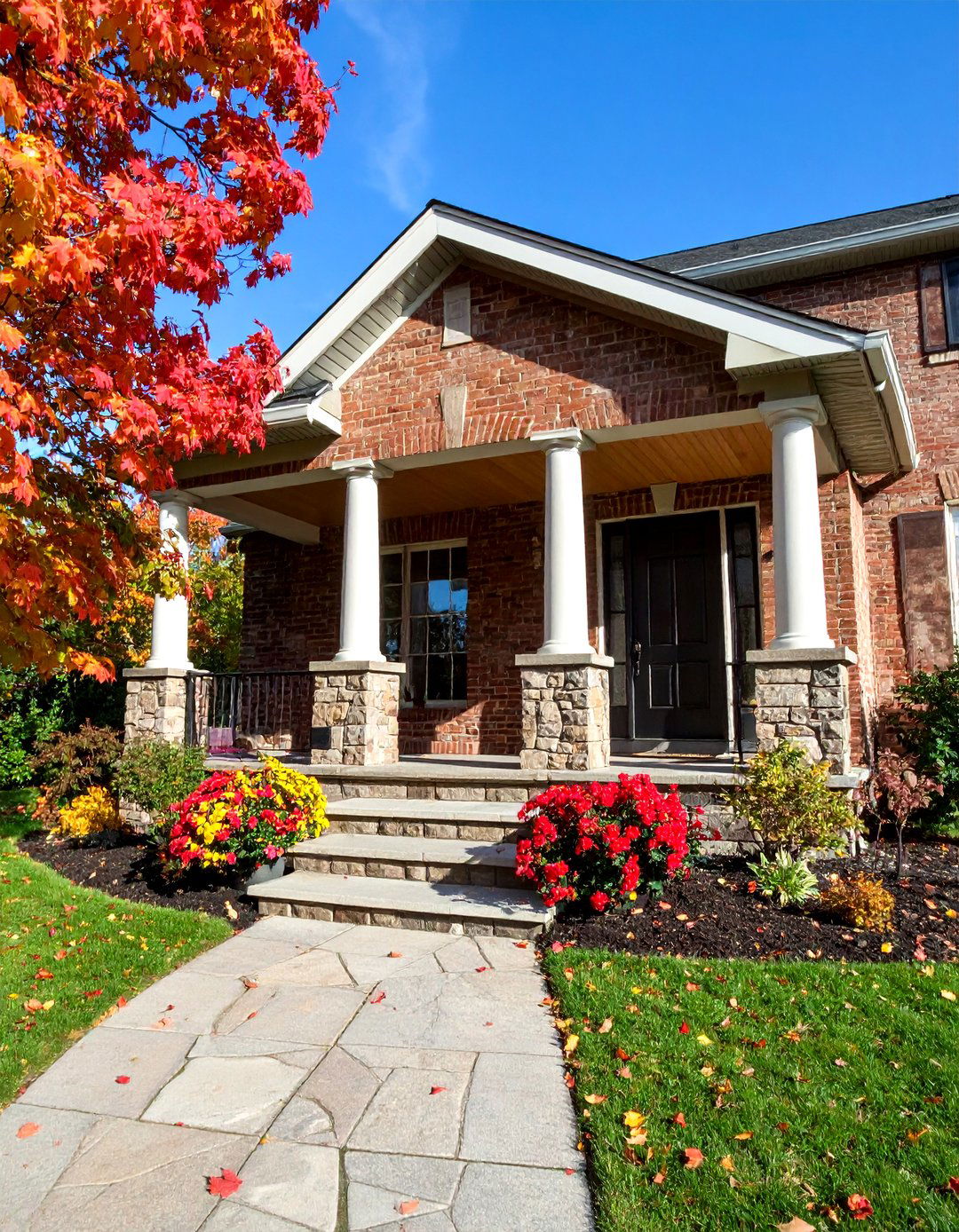
Combining warm brick surfaces with elegant wrought iron elements creates a sophisticated entrance that balances strength with decorative appeal. This design approach uses wrought iron for railings, columns, or accent features while maintaining brick as the primary material. The contrast between rough brick texture and smooth metal creates visual interest while providing practical safety features. Consider incorporating decorative ironwork patterns that complement your home's architectural style, from simple geometric designs to ornate Victorian-inspired details. This combination works particularly well with traditional, Mediterranean, and historic home styles. The durability of both materials ensures long-lasting beauty with minimal maintenance requirements while adding significant curb appeal.
10. Stack Bond Brick Pattern
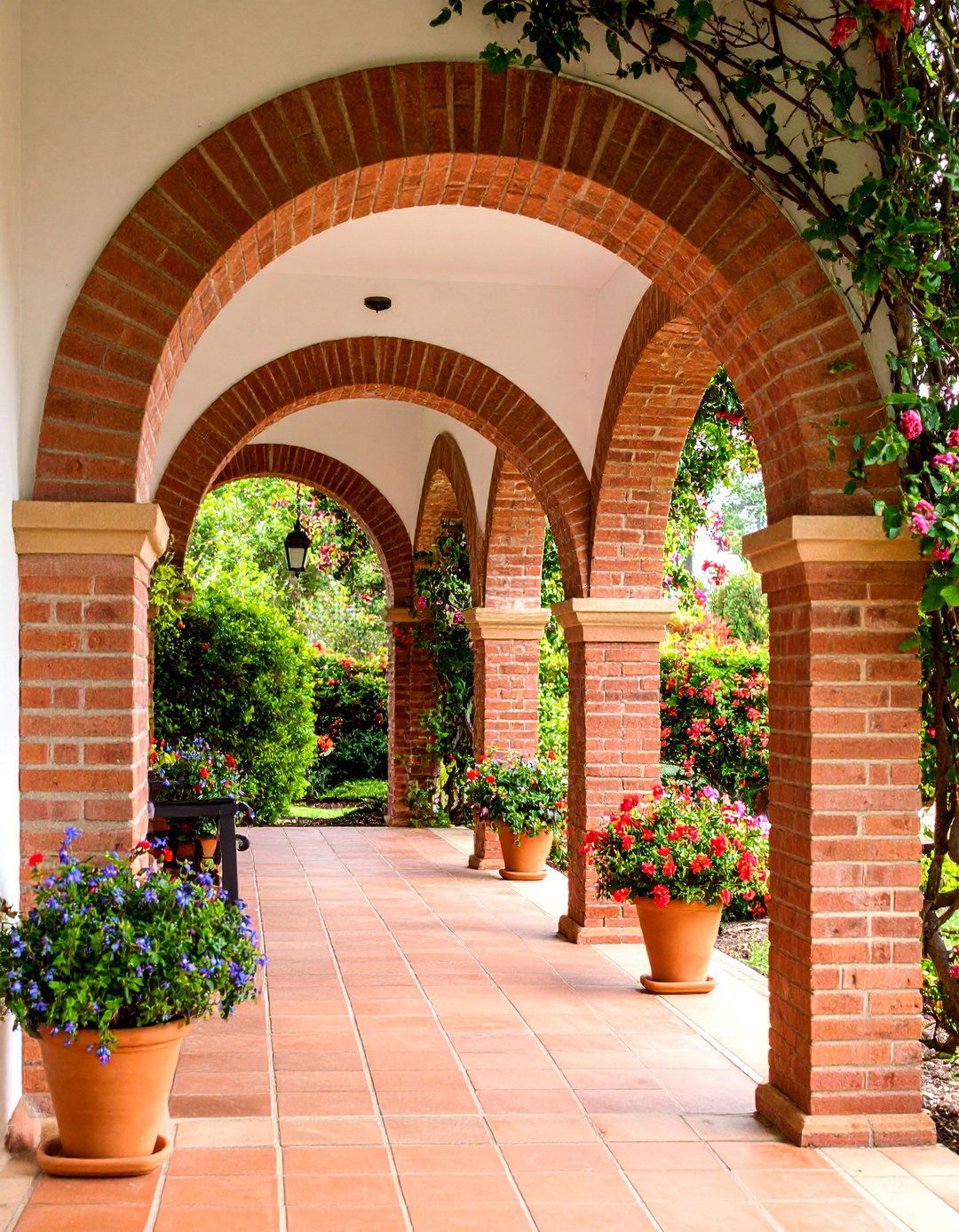
Stack bond brick patterns create clean, modern lines through perfectly aligned vertical joints that form a geometric grid appearance. This contemporary approach emphasizes horizontal lines and creates a focused, functional visual that works well with modern and minimalist home designs. Unlike traditional running bond patterns, stack bond creates a more structured, architectural appearance that complements clean-lined contemporary furniture and fixtures. The pattern works particularly well when using elongated brick shapes with minimal mortar contrast to enhance the linear effect. This design choice creates a sophisticated backdrop for modern outdoor furniture and plantings while maintaining the warmth and durability that makes brick such an appealing material choice.
11. Brick Porch with Built-In Planters

Integrating built-in brick planters into your porch design creates permanent landscape features that soften hard edges while providing year-round structure and seasonal color opportunities. These planters can be constructed at various heights to create visual interest and define different areas within larger porch spaces. The brick construction ensures durability and weather resistance while providing excellent drainage when properly designed. Consider incorporating planters at different levels, from low border elements to seat-height features that can double as casual seating. This approach works well with various architectural styles and provides opportunities to showcase seasonal flowers, evergreen shrubs, or herb gardens that enhance both the visual appeal and functional use of your porch space.
12. Rustic Reclaimed Brick Design
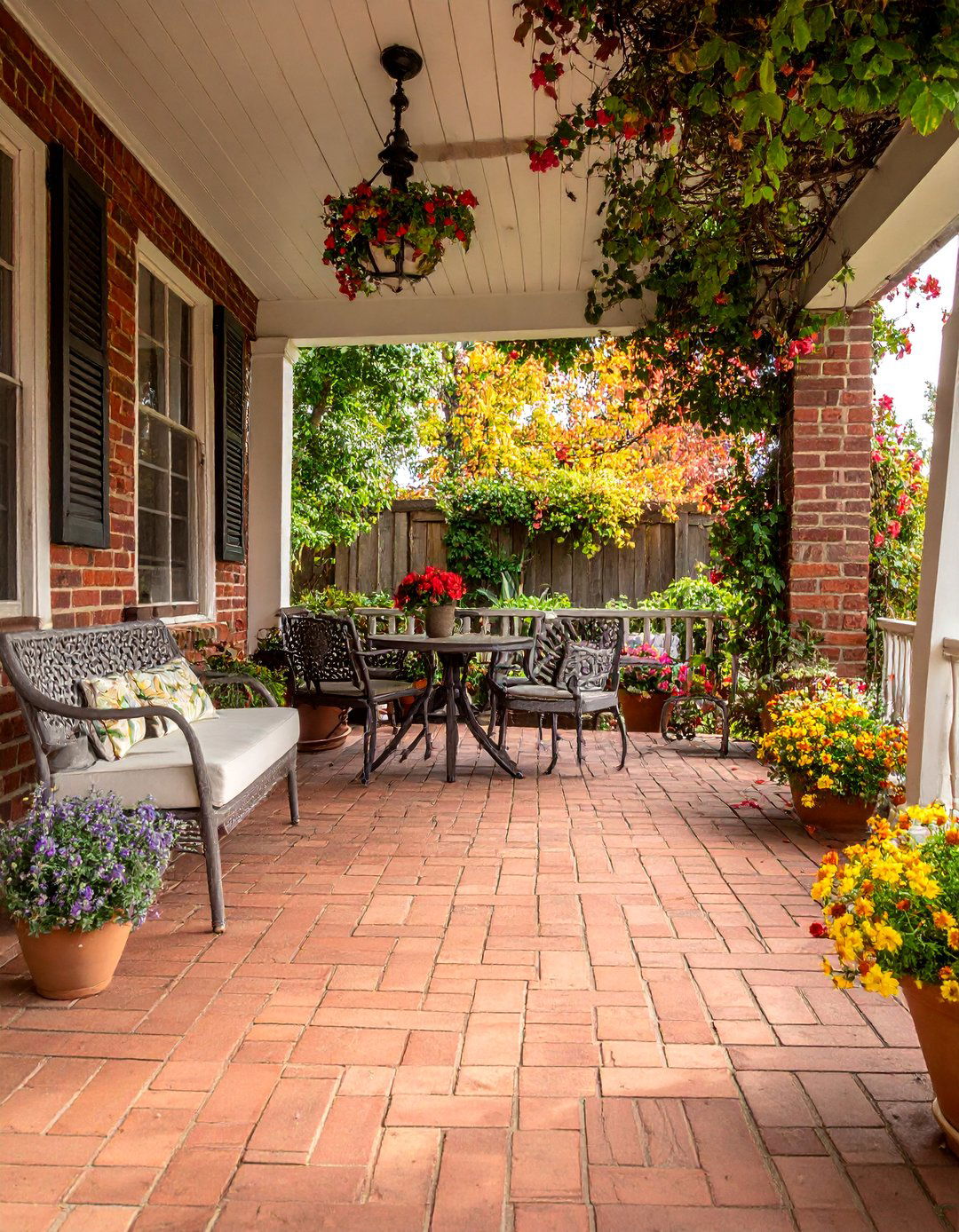
Reclaimed or weathered brick creates authentic character that tells a story while providing sustainable building materials with unique patina and texture variations. This approach emphasizes the natural aging process that gives each brick individual character through slightly irregular surfaces, varied colors, and authentic wear patterns. Reclaimed bricks often come from historic buildings, providing connection to architectural heritage while creating environmentally responsible design choices. The irregular textures and color variations create visual interest that works particularly well with farmhouse, cottage, and rustic home styles. Consider using reclaimed bricks with natural lime mortar or pointing techniques that enhance the authentic, aged appearance while ensuring structural integrity.
13. Minimalist Modern Brick Porch
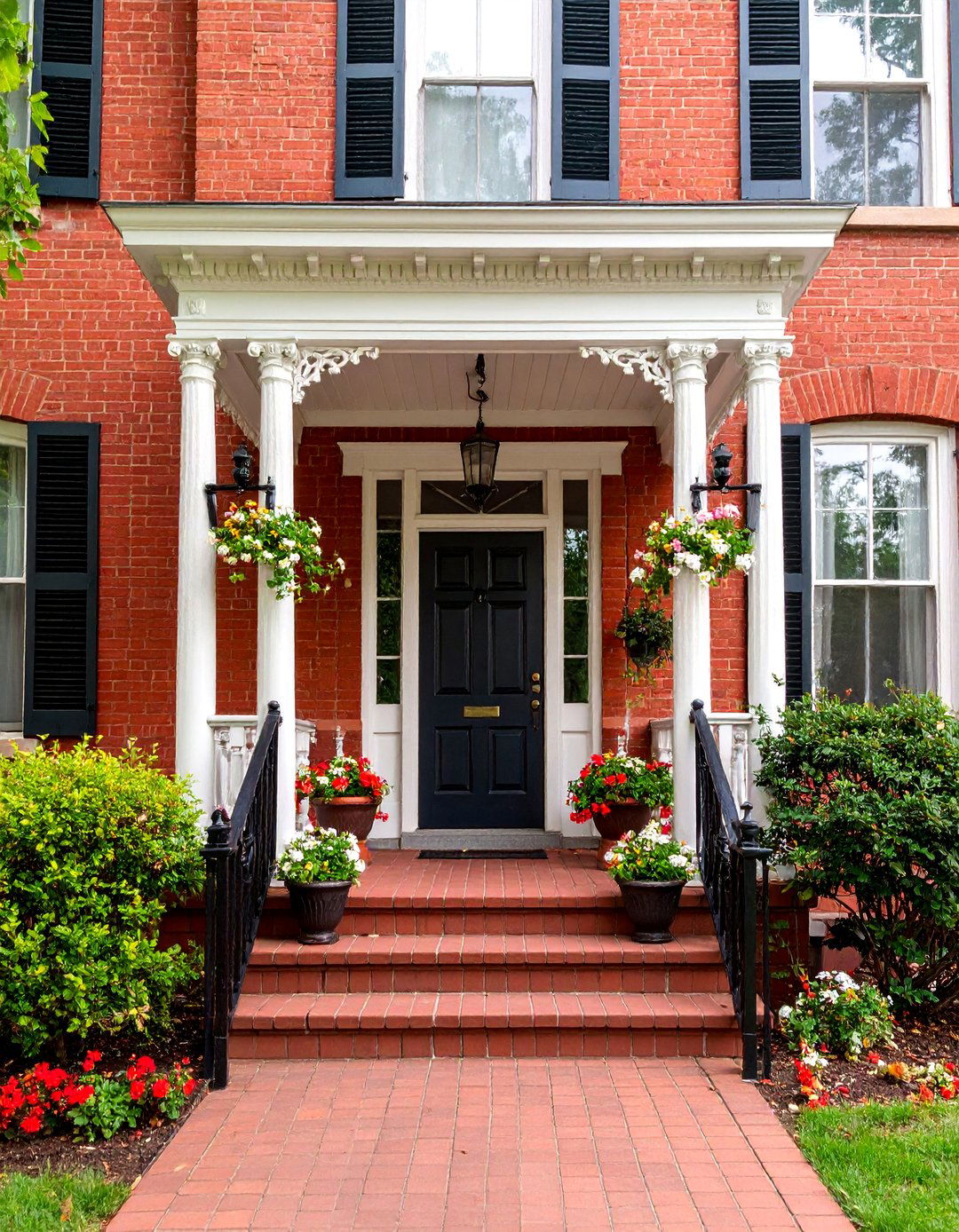
Minimalist brick porch designs focus on clean lines, simple forms, and neutral colors that create sophisticated contemporary entrances without unnecessary ornamentation. This approach uses brick as a textural element within an overall design philosophy that emphasizes space, light, and geometric simplicity. Choose uniform brick colors in grays, whites, or muted earth tones, and pair them with sleek modern furniture and fixtures. The design should eliminate decorative elements in favor of perfect proportions and high-quality materials. This style works well with contemporary and mid-century modern homes where the architecture itself provides visual interest. Consider incorporating subtle lighting and minimal plantings that enhance rather than compete with the clean architectural lines.
14. Brick and Stone Combination
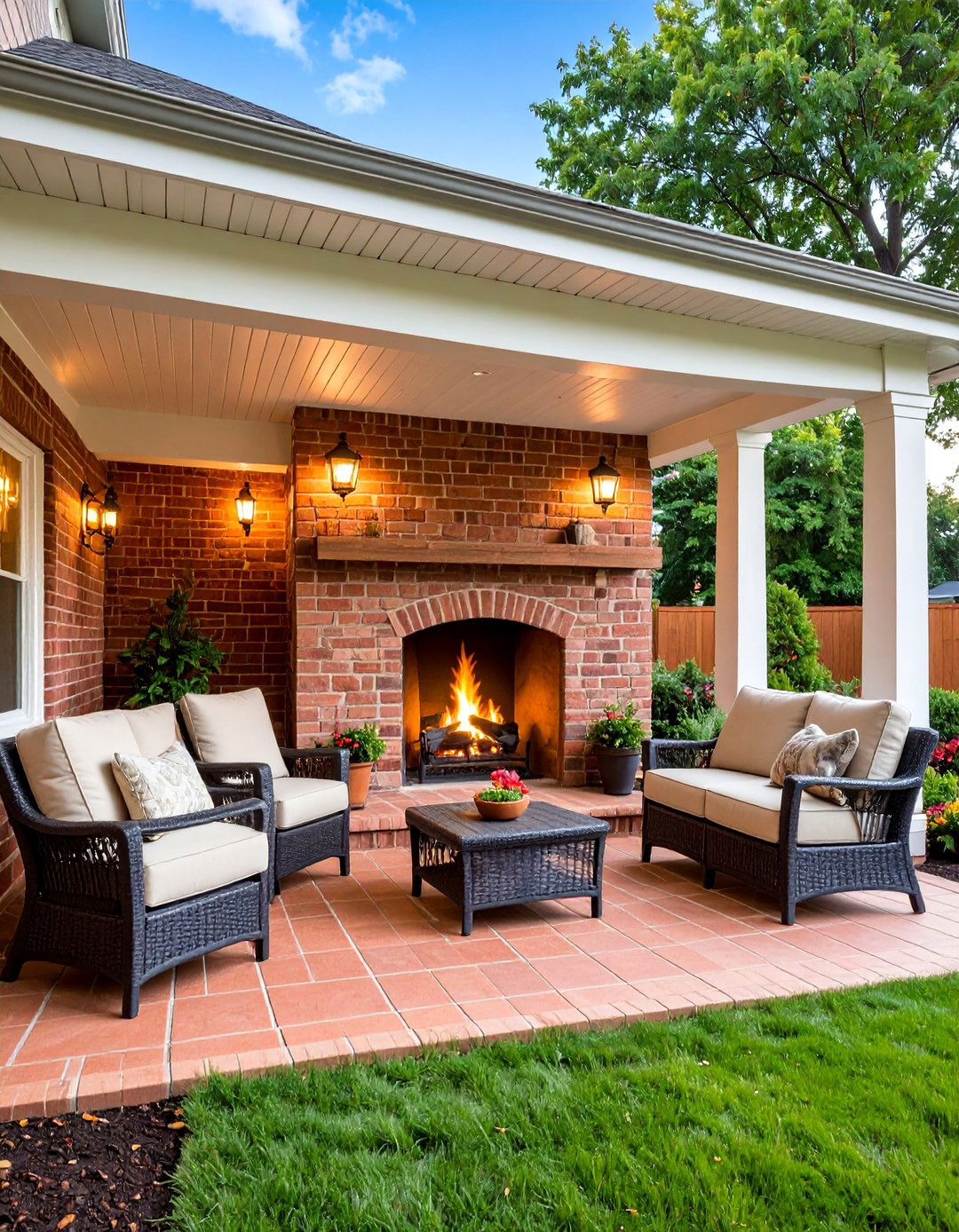
Combining brick with natural stone elements creates rich textural contrast while providing opportunities to incorporate different materials that complement each other's natural characteristics. This approach might use stone for columns, caps, or accent bands while maintaining brick as the primary material. The combination adds visual depth and architectural interest while allowing you to incorporate local stone materials that connect your home to the surrounding landscape. Consider using complementary colors and textures that enhance rather than compete with each other. This design approach works well with traditional, craftsman, and transitional home styles. The natural variation in both materials creates a dynamic surface that changes appearance throughout the day as light and shadow patterns shift.
15. Arched Brick Porch Design
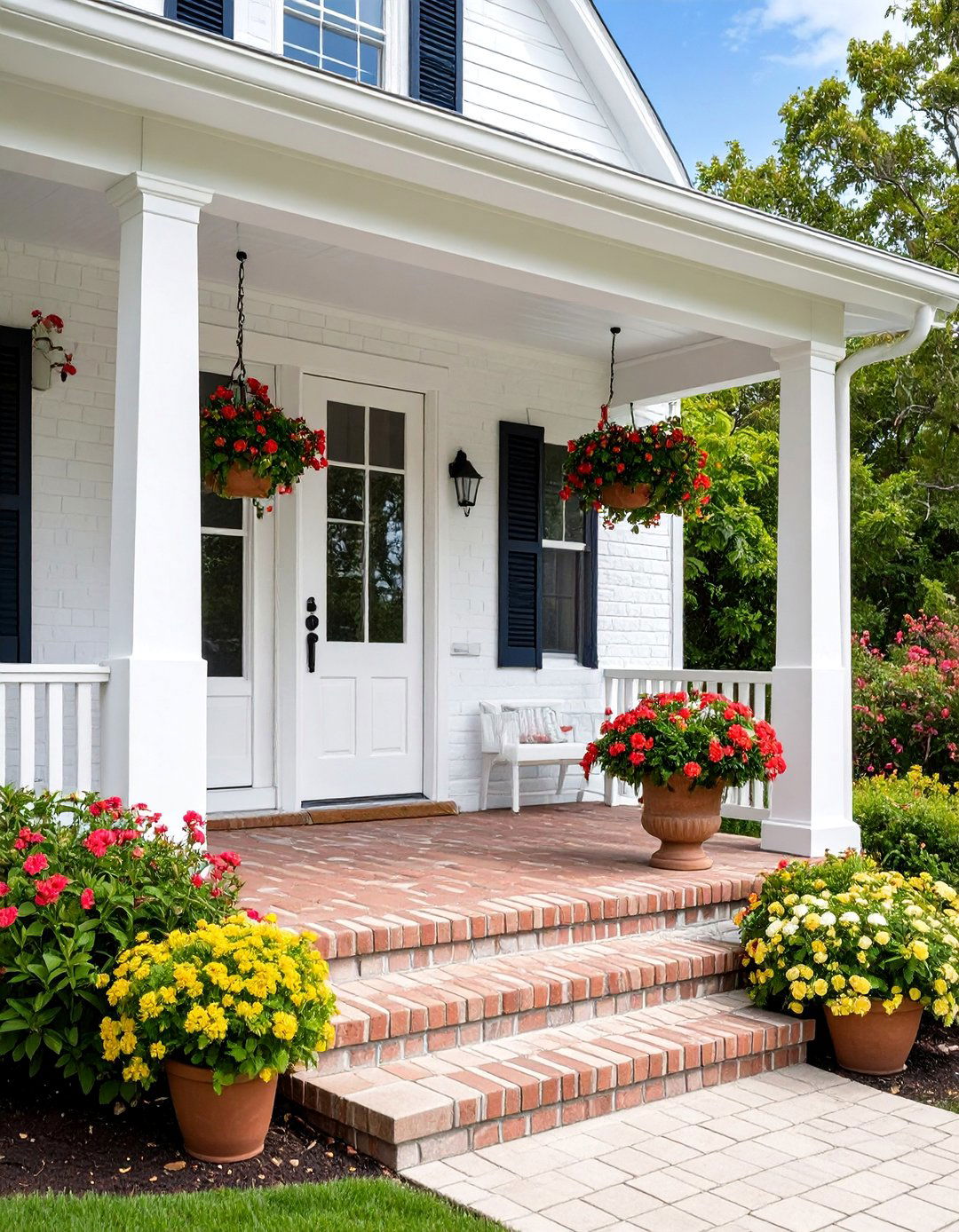
Arched brick elements add romantic architectural interest while showcasing traditional masonry craftsmanship that creates elegant curved lines and sophisticated entrance features. This design approach can incorporate arched openings, curved walls, or decorative archway elements that frame views and create dramatic shadows. The curved lines soften the geometric nature of rectangular brick while adding vertical interest and classical proportions. Consider incorporating arches in doorway openings, window surrounds, or decorative wall features that enhance the overall architectural composition. This style works particularly well with Mediterranean, Spanish Colonial, and traditional home designs where curved elements complement the overall architectural vocabulary. Proper construction requires skilled masonry work but creates lasting beauty.
16. Brick Porch with Metal Roof

Combining traditional brick construction with contemporary metal roofing creates an updated look that blends classic materials with modern performance characteristics. Metal roofs provide excellent weather protection, longevity, and contemporary styling that complements brick's traditional appeal. Consider standing seam metal in complementary colors that enhance rather than compete with brick tones. The clean lines of metal roofing work well with both traditional and contemporary home styles while providing practical benefits like energy efficiency and low maintenance. This combination creates visual interest through the contrast between traditional masonry and modern roofing materials while ensuring decades of reliable performance. Choose colors and finishes that coordinate with your home's overall color palette.
17. Colonial Style Brick Porch
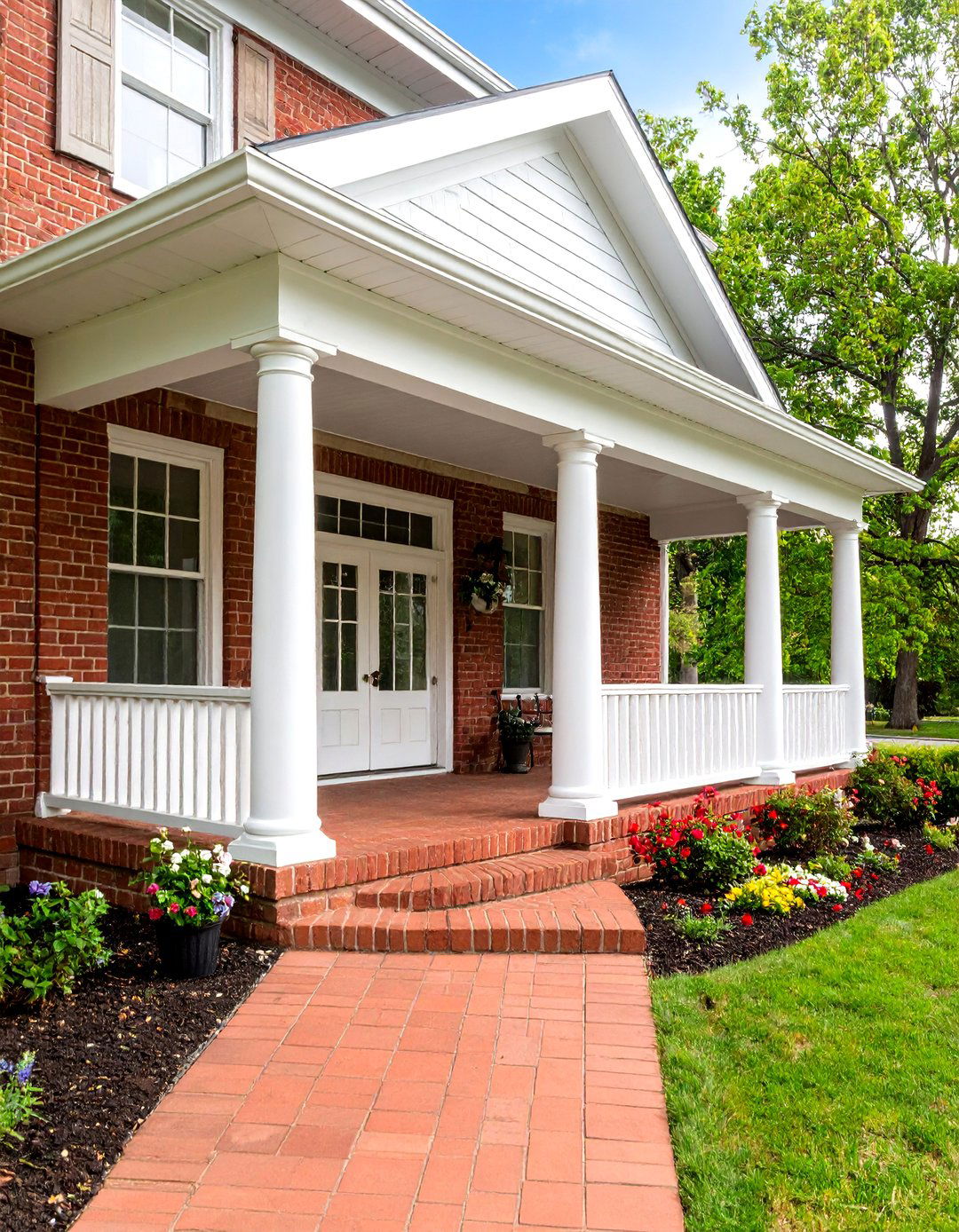
Colonial-style brick porches emphasize symmetry, classical proportions, and traditional materials that create formal, welcoming entrances reflecting American architectural heritage. This design approach features balanced compositions with matching elements on either side of the entrance, classical column styles, and traditional brick patterns. Consider incorporating white trim, black shutters, and traditional lighting fixtures that enhance the historical character. The design should emphasize proper proportions and high-quality craftsmanship while maintaining accessibility and modern comfort. This style works particularly well with Georgian, Federal, and Colonial Revival home designs. Use traditional materials and construction techniques where possible, but incorporate modern conveniences like adequate lighting and comfortable seating that make the space functional for contemporary living.
18. Basketweave Brick Pattern

Basketweave brick patterns create visual texture through alternating horizontal and vertical brick orientations that simulate woven material while adding sophisticated geometric interest to porch surfaces. This classic pattern involves laying pairs of bricks horizontally, then pairs vertically, creating a checkerboard effect that adds depth and visual movement. The pattern works well with traditional and transitional home styles where you want surface interest without overwhelming other architectural elements. Consider using basketweave patterns in smaller areas like entry platforms or accent borders where the detailed pattern can be appreciated without becoming overwhelming. This approach creates opportunities to use contrasting brick colors or highlight specific areas while maintaining overall design coherence through consistent material use.
19. Brick Porch with Glass Railings

Incorporating glass railings with brick construction creates contemporary styling that maintains safety while preserving sight lines and enhancing the sense of openness. Glass panels provide wind protection and safety barriers without blocking views of surrounding landscape or creating visual barriers between porch and yard spaces. This combination works well with modern and contemporary home designs where transparency and connection to outdoor spaces are important design goals. Consider using frameless glass systems or minimal metal frames that don't compete with brick textures. The contrast between solid brick and transparent glass creates interesting material combinations while providing practical benefits like easy maintenance and excellent durability. This approach works particularly well for elevated porches with scenic views.
20. Victorian Style Brick Porch
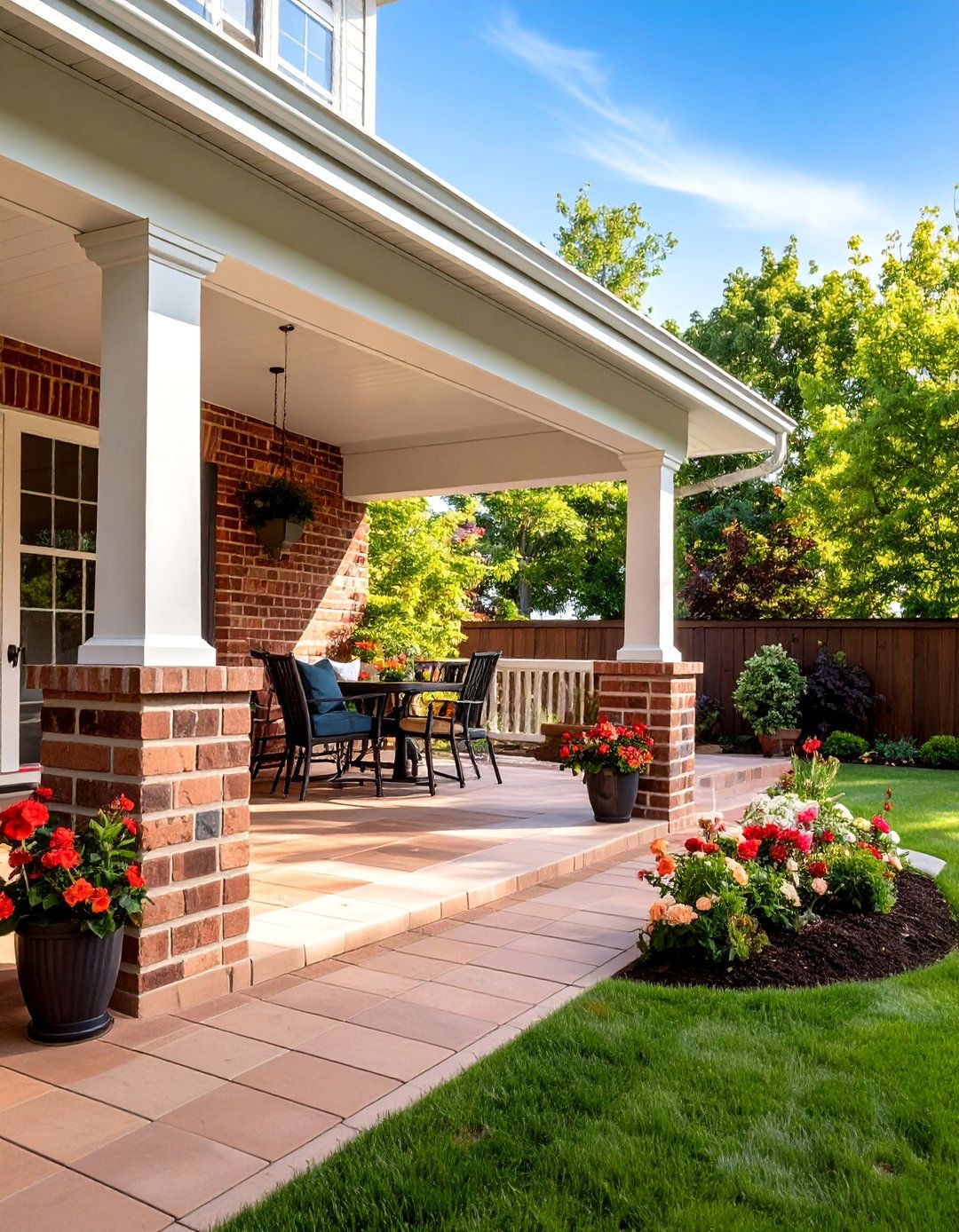
Victorian-style brick porches feature ornate details, decorative elements, and elaborate craftsmanship that showcase the ornamental possibilities of traditional masonry construction combined with period-appropriate millwork. This design approach emphasizes intricate patterns, detailed brickwork, and complementary wooden elements like gingerbread trim, turned columns, and decorative brackets. Consider incorporating special brick shapes, decorative mortar work, and multiple textures that create visual richness. The style works well with Queen Anne, Second Empire, and other Victorian-era home designs where ornamental detail is appropriate and expected. Use authentic materials and traditional construction techniques where possible while incorporating modern safety features and convenience elements that make the space functional for contemporary use.
21. Brick Porch with Outdoor Fireplace

Integrating an outdoor fireplace into brick porch designs creates a focal point that extends the use of outdoor space into cooler weather while providing gathering opportunities and atmospheric lighting. The fireplace can be constructed using matching or complementary brick materials that tie into the overall porch design. Consider incorporating built-in seating, adequate ventilation, and proper clearances for safety and functionality. This feature works particularly well with larger porches where furniture can be arranged to take advantage of the warmth and ambiance. The brick construction provides excellent heat retention and weather resistance while creating a permanent architectural feature that adds significant value and usability to your outdoor living space. Plan for adequate structural support and proper construction techniques.
22. Symmetrical Brick Porch Design
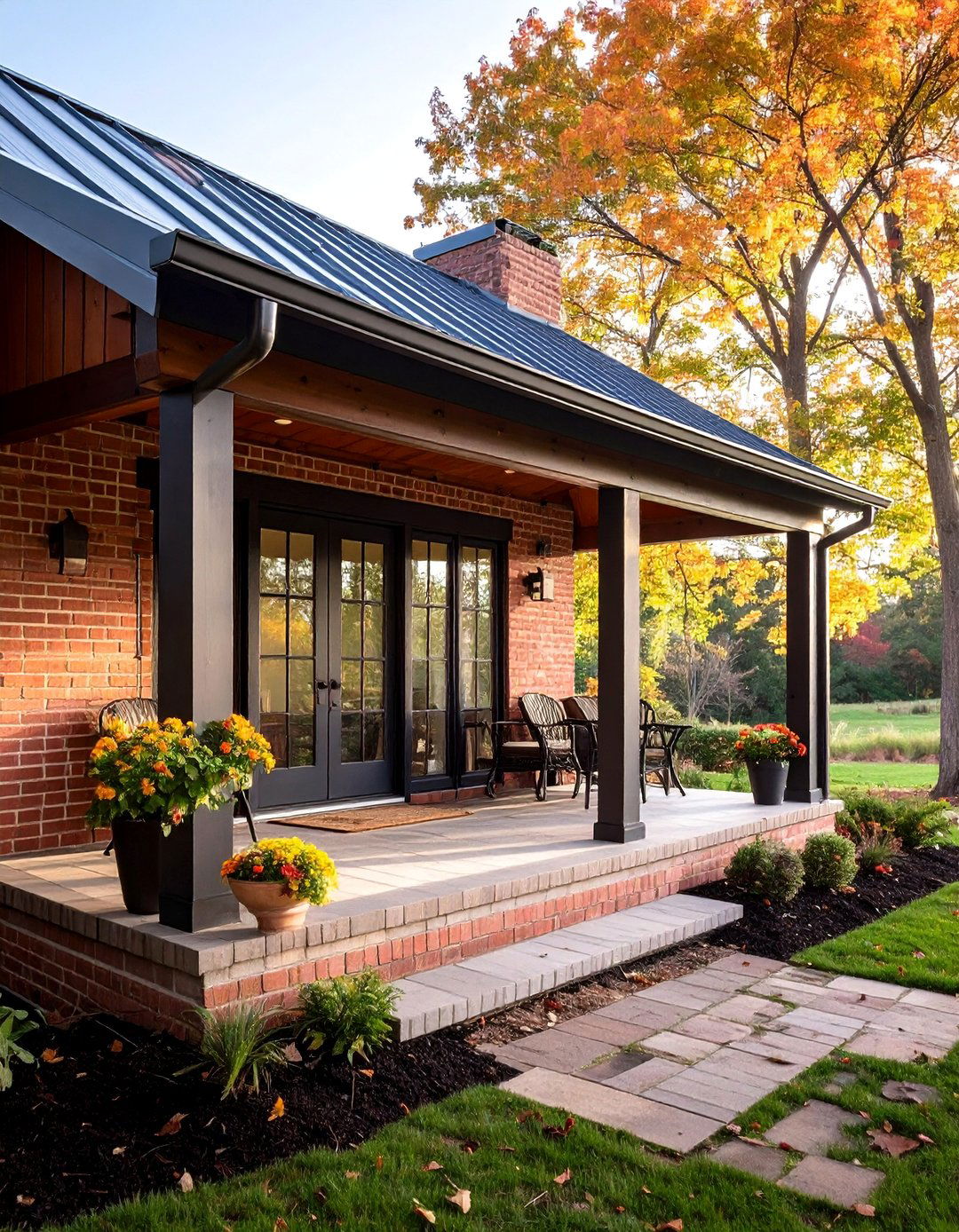
Symmetrical brick porch designs create balanced, formal compositions that emphasize classical proportions and orderly arrangements of architectural elements for refined, dignified entrances. This approach uses matching elements on either side of a central axis, typically the front door, to create visual harmony and architectural stability. Consider incorporating matching planters, columns, lighting fixtures, and seating arrangements that reinforce the symmetrical composition. The design works well with Georgian, Federal, and other formal architectural styles where balance and proportion are important design principles. Use consistent materials, colors, and details throughout the design while ensuring that functional requirements like accessibility and adequate seating are met within the formal framework. This approach creates lasting appeal through timeless design principles.
23. Whitewashed Brick Porch

Whitewashed or painted brick creates fresh, contemporary appearances while maintaining the texture and character of traditional masonry construction with updated color palettes. This treatment can lighten dark brick, update dated colors, or create cohesive appearances with existing architectural elements. Consider using lime wash or specialized masonry paints that allow the brick to breathe while providing excellent coverage and durability. The technique works well with farmhouse, coastal, and contemporary home styles where lighter colors are desired. Proper surface preparation and appropriate paint selection are essential for long-lasting results. This approach allows you to maintain existing brick construction while updating the appearance to match current design preferences and create better integration with your home's overall color scheme.
24. Circular Brick Pattern Design
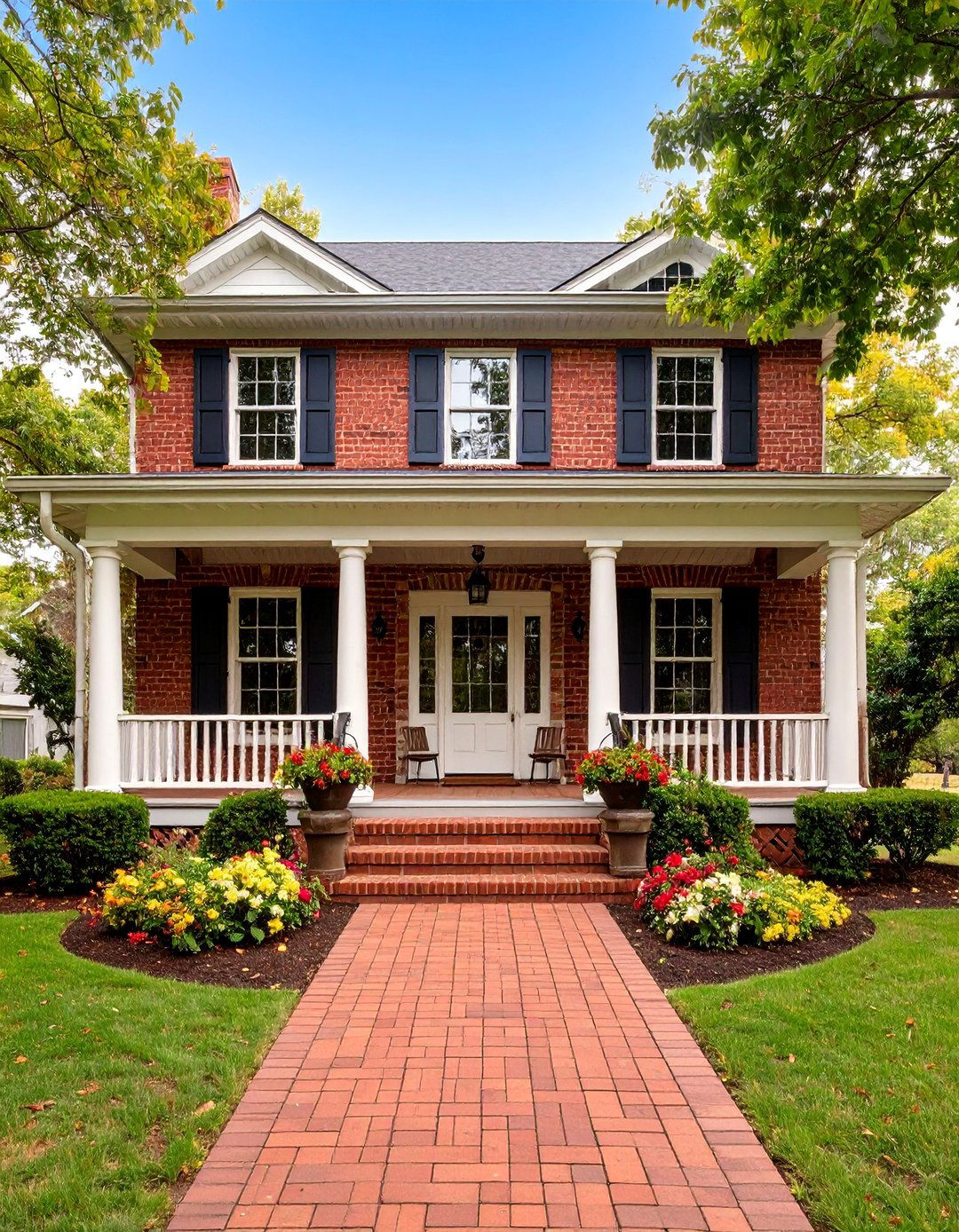
Circular and curved brick patterns create unique focal points that demonstrate skilled masonry craftsmanship while adding geometric interest and sophisticated detailing to porch surfaces. This design approach can incorporate circular patterns as central medallions, curved borders, or radiating designs that draw attention and create conversation pieces. The complex patterns require careful planning and skilled installation but create distinctive features that set your porch apart from conventional designs. Consider using circular patterns in entry areas, central gathering spaces, or as accent features within larger porch designs. The curved lines provide pleasant contrast to the typically rectangular nature of most architectural elements while showcasing the versatility and artistic possibilities of brick construction when properly executed.
25. Multi-Level Brick Porch
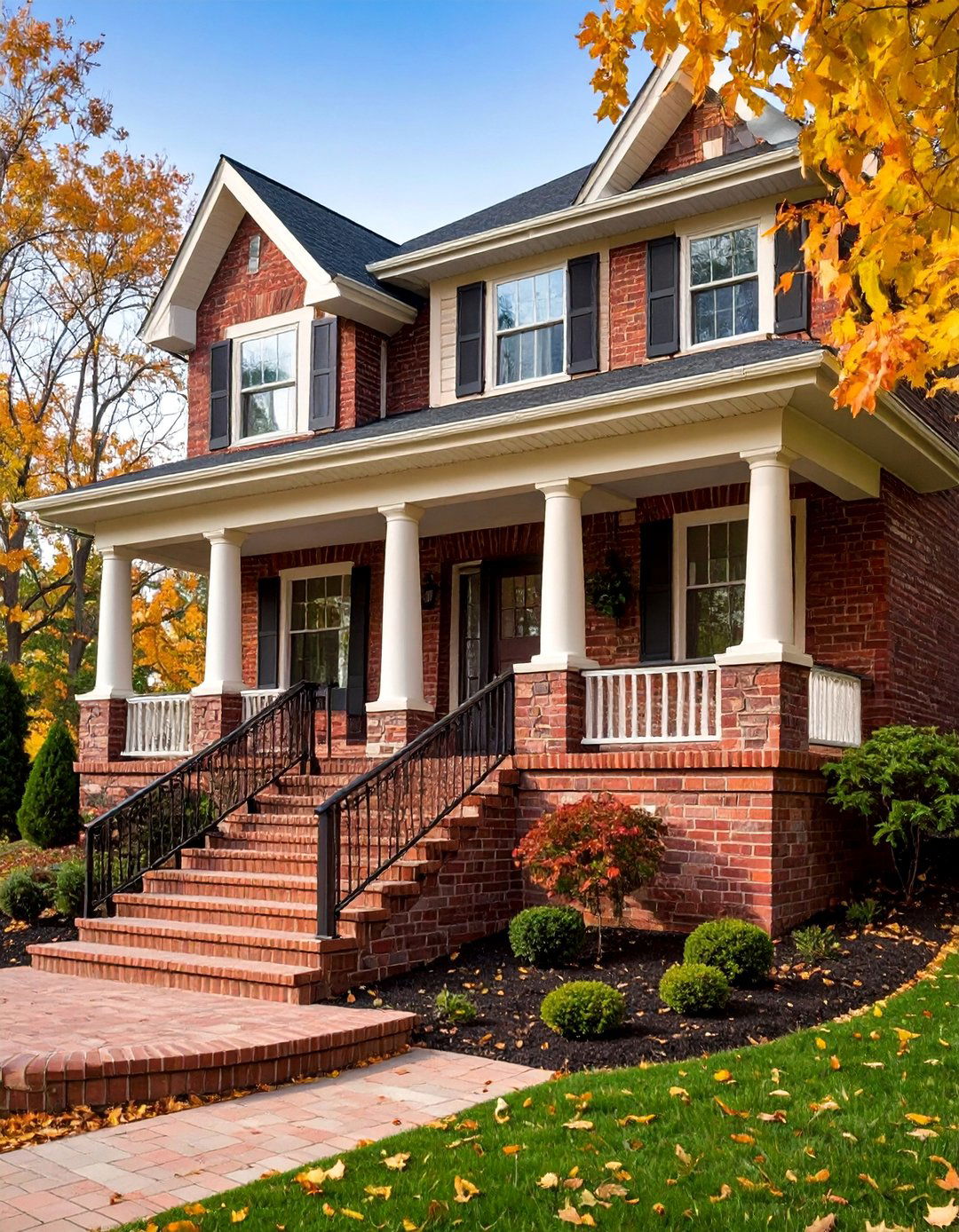
Multi-level brick porches create dynamic outdoor spaces that provide different activity zones while accommodating sloping lots and creating interesting architectural compositions with varied elevation changes. This design approach can incorporate steps, landings, and different platform levels that serve various functions like dining, seating, and circulation. The brick construction provides durability and visual continuity between levels while creating opportunities for built-in planters, seating walls, and other integrated features. Consider incorporating lighting, railings, and safety features that ensure comfortable use of all levels. This approach works well with homes that have challenging topography or where you want to create distinct outdoor rooms. The varied levels add visual interest while providing practical solutions for slope management and space organization.
Conclusion:
Brick porches offer endless design possibilities that combine timeless appeal with practical durability. From classic red brick with white columns to contemporary thin brick applications, these 25 ideas demonstrate how versatile brick can be in creating welcoming outdoor spaces. Whether you prefer traditional patterns like herringbone and basketweave or modern approaches like minimalist designs with glass railings, brick provides the foundation for porches that enhance your home's value and your family's enjoyment of outdoor living.


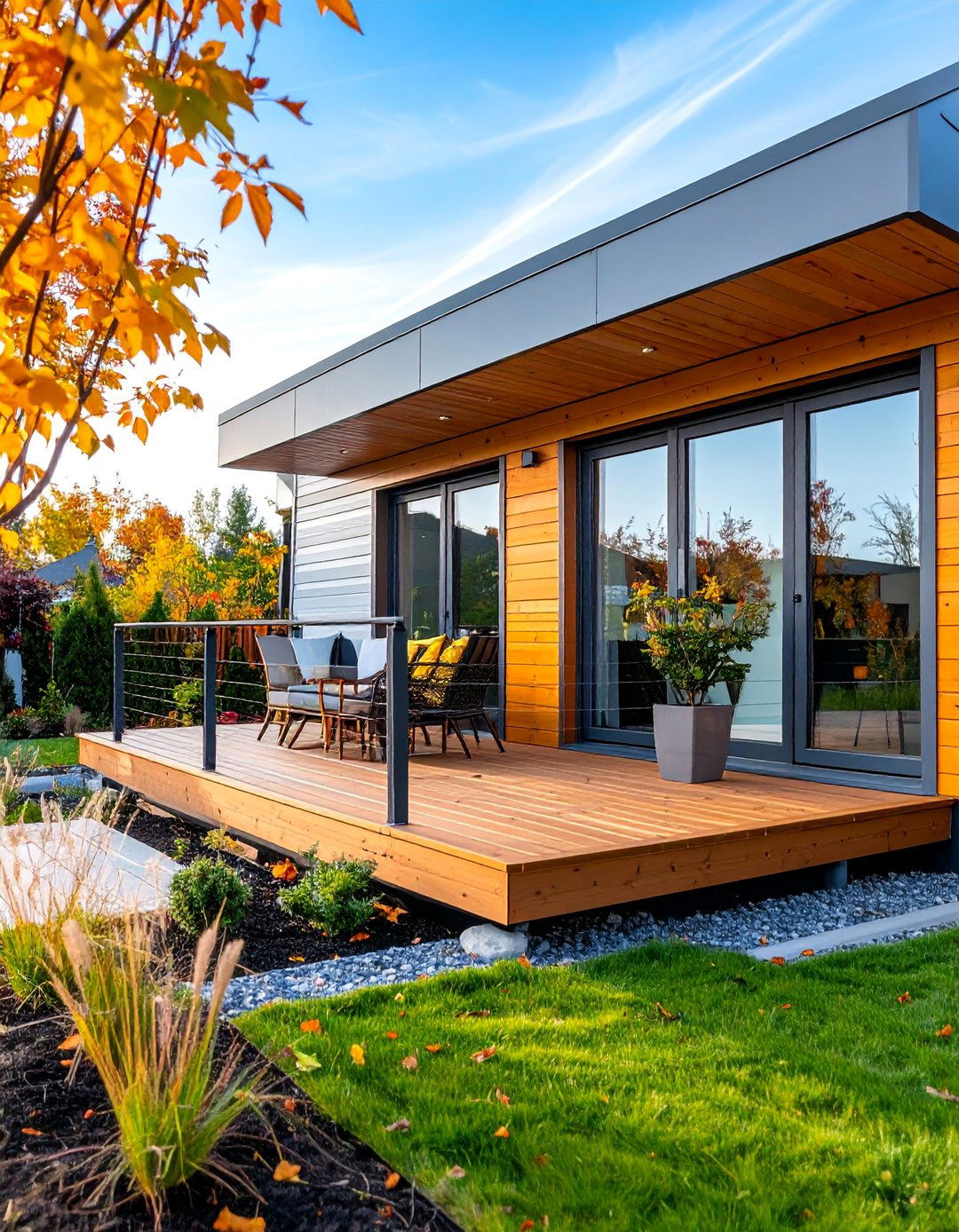

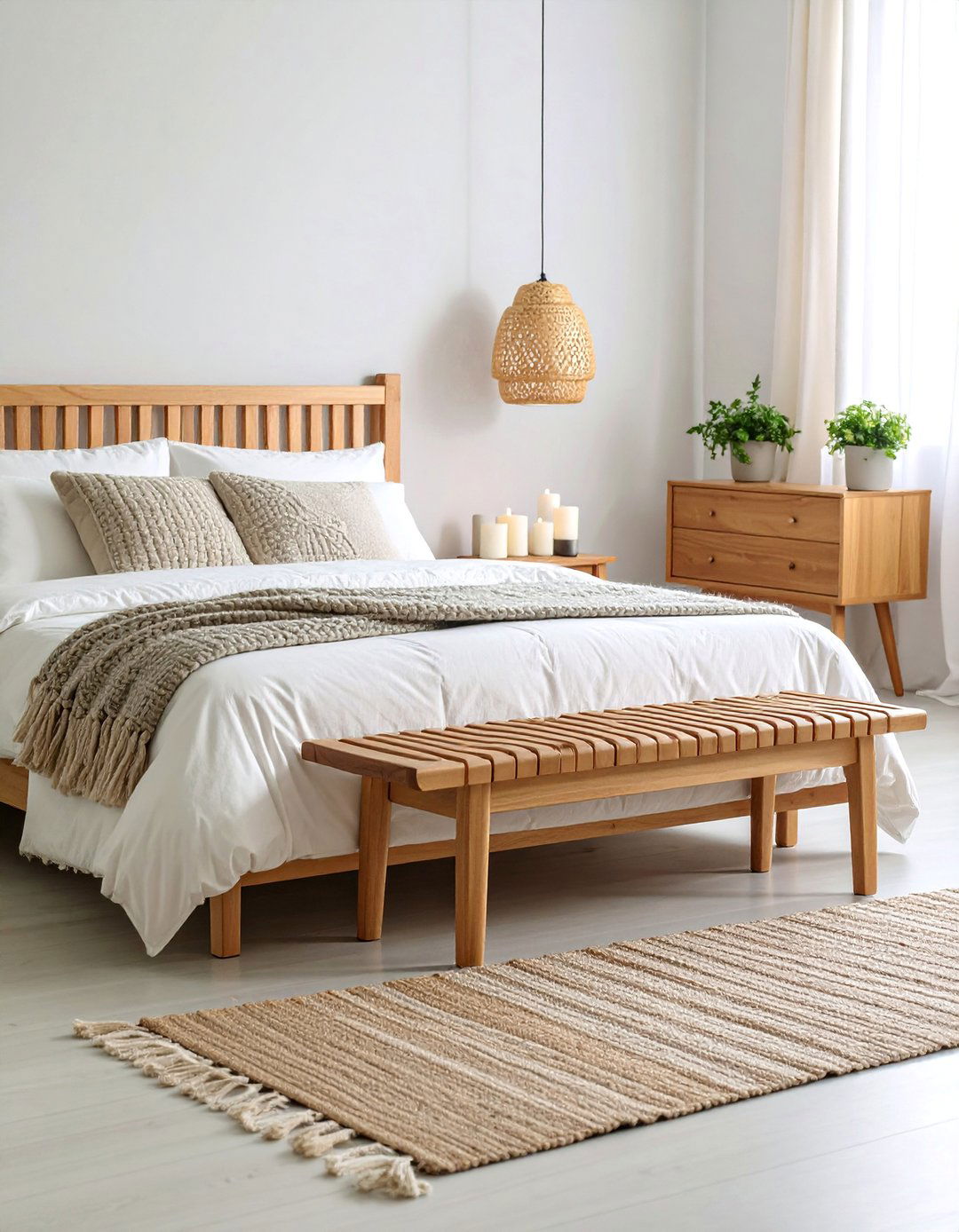
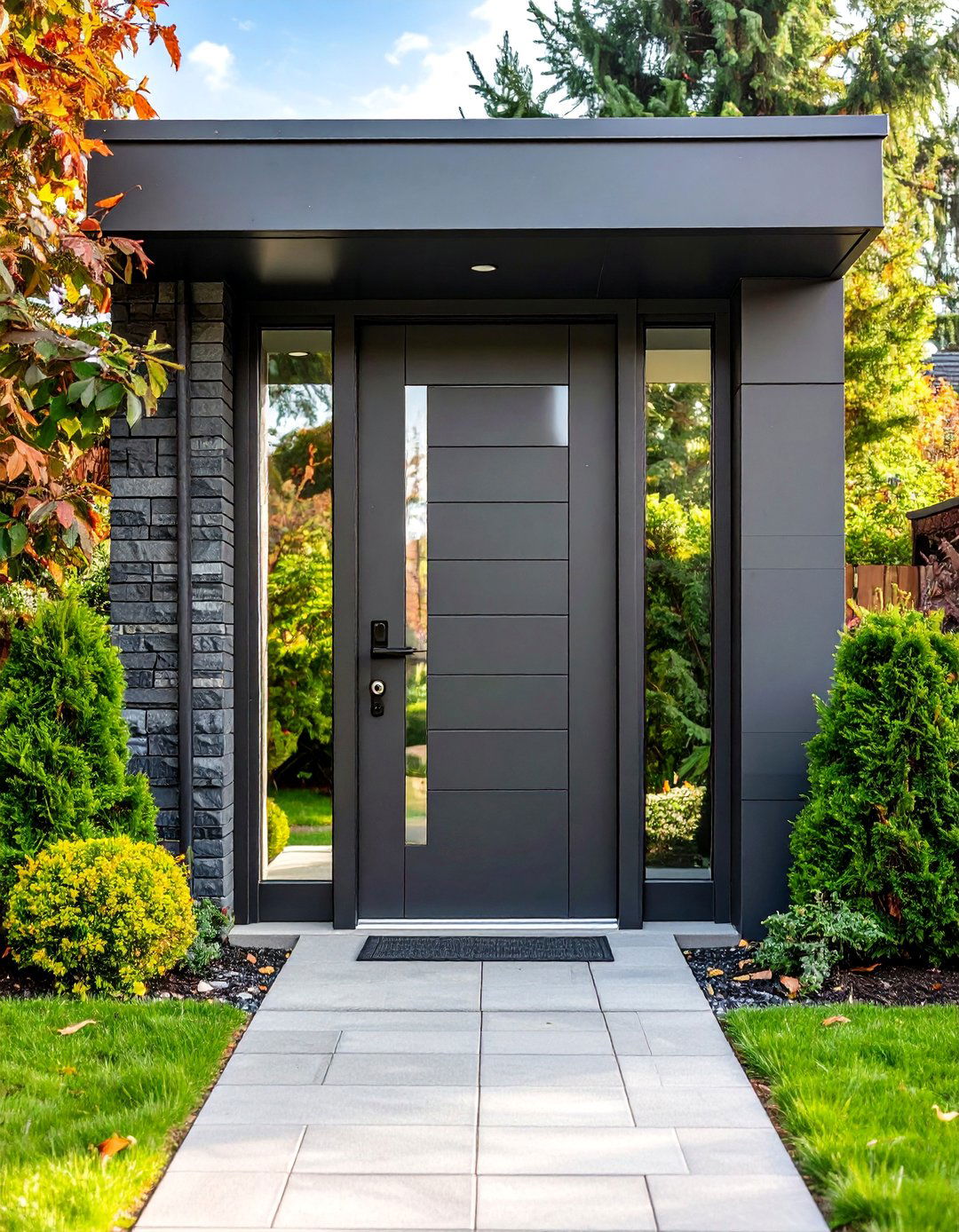

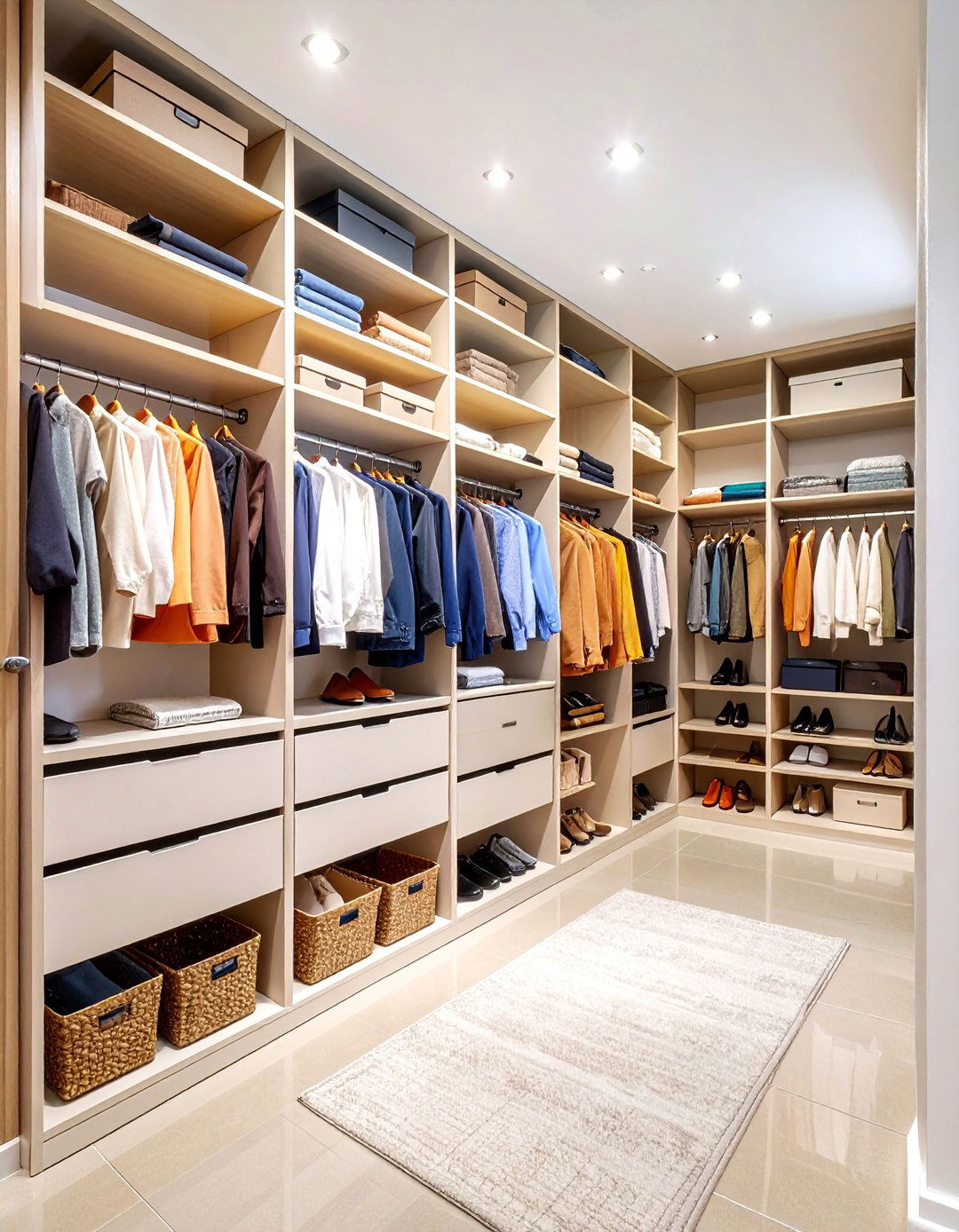


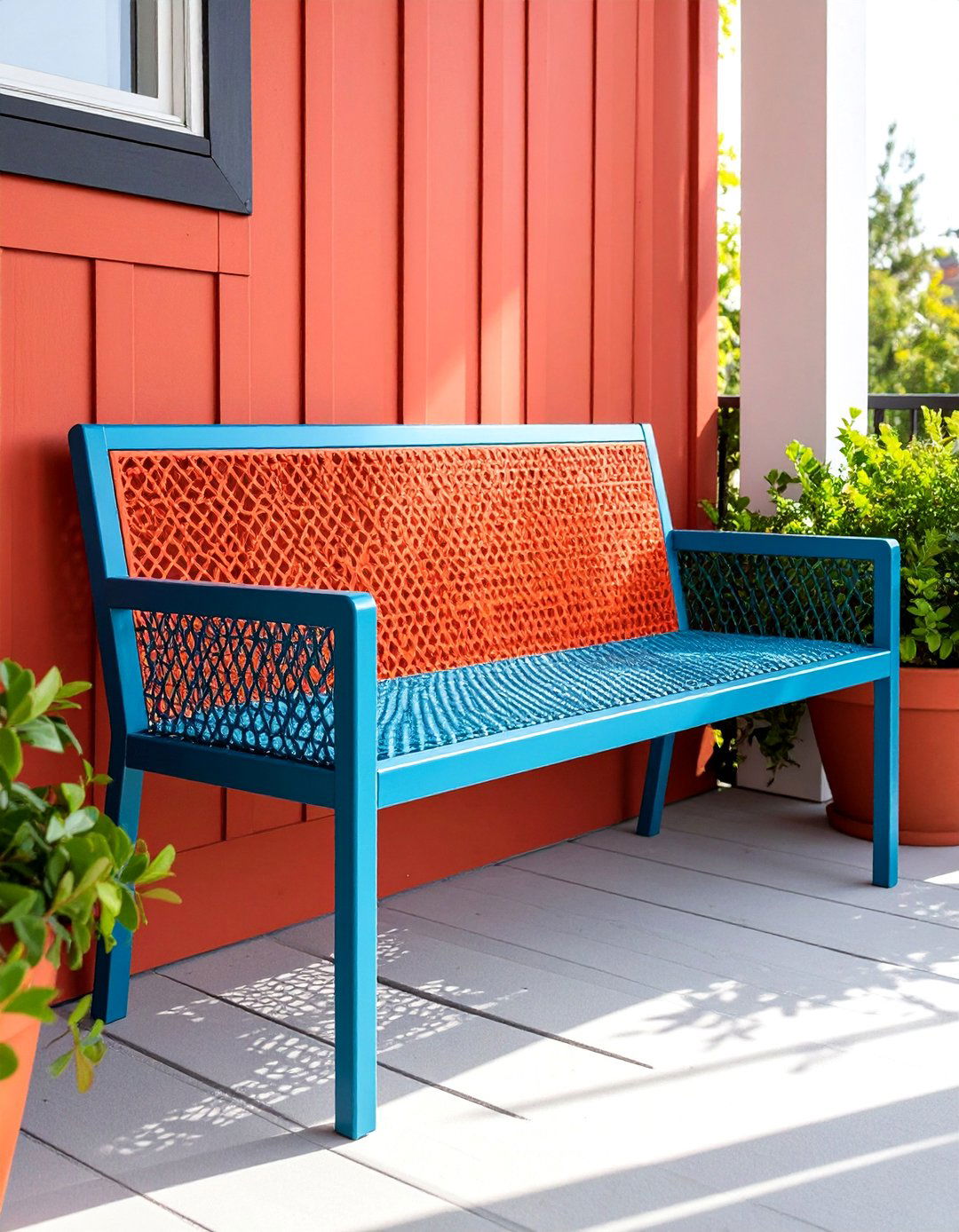

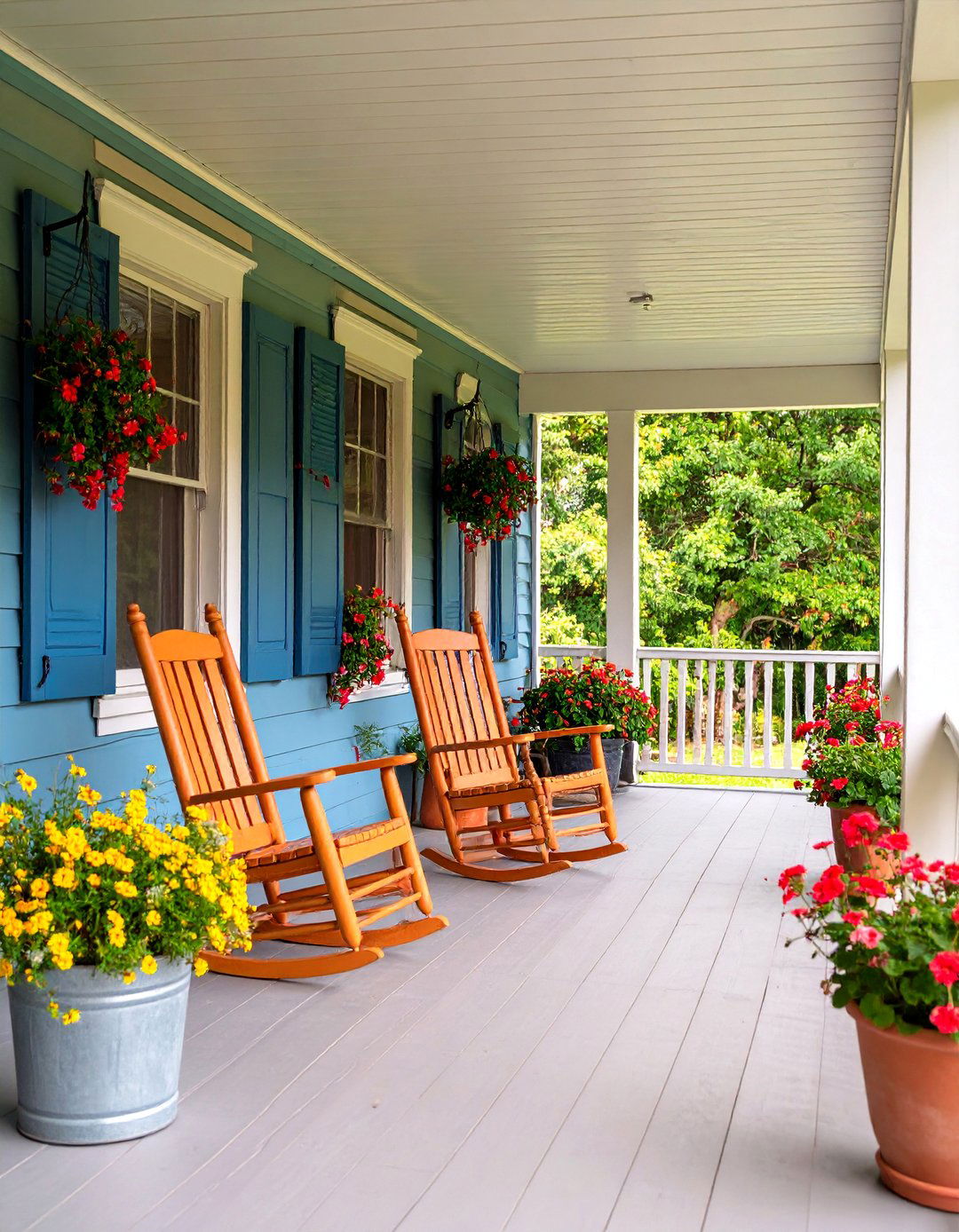
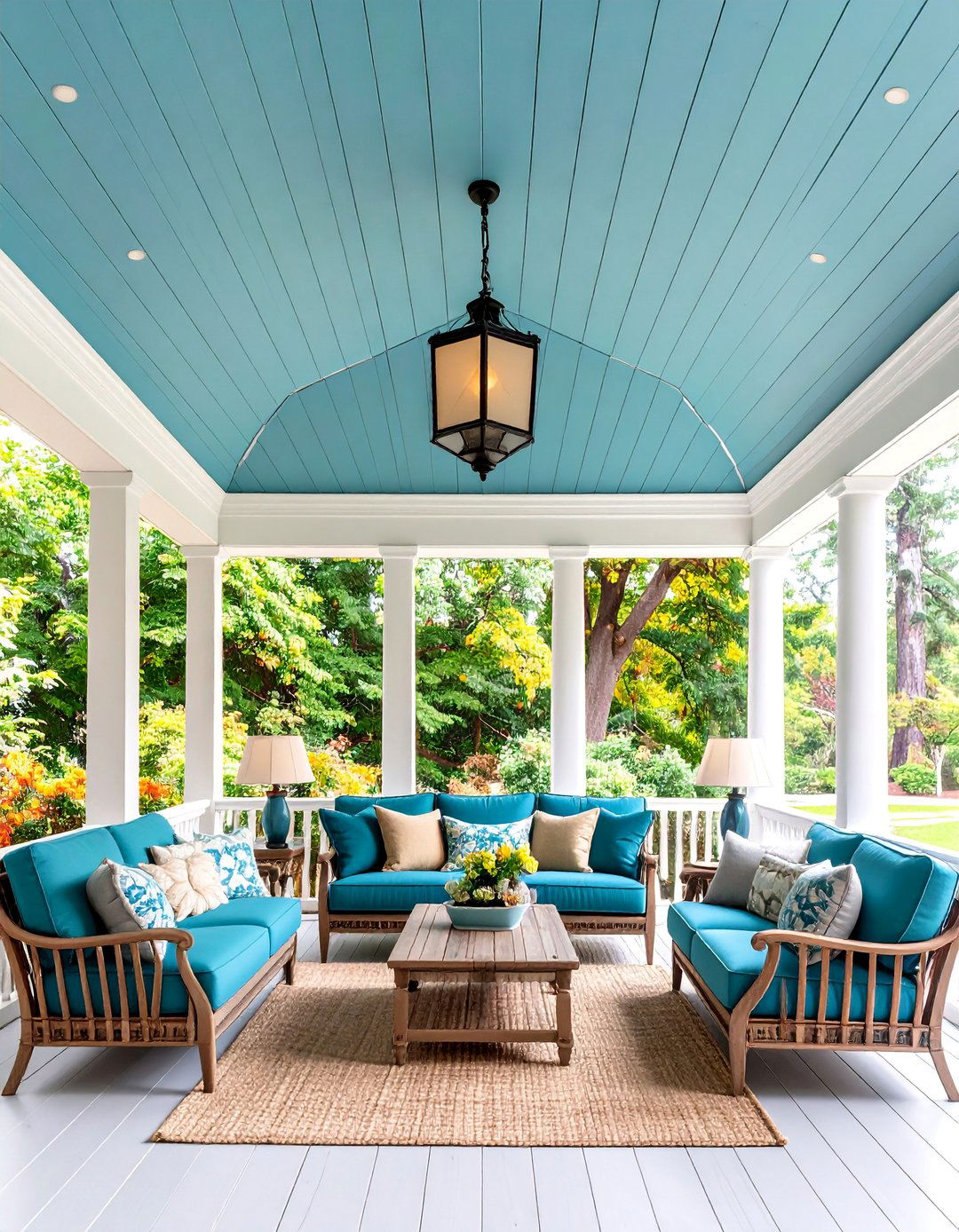

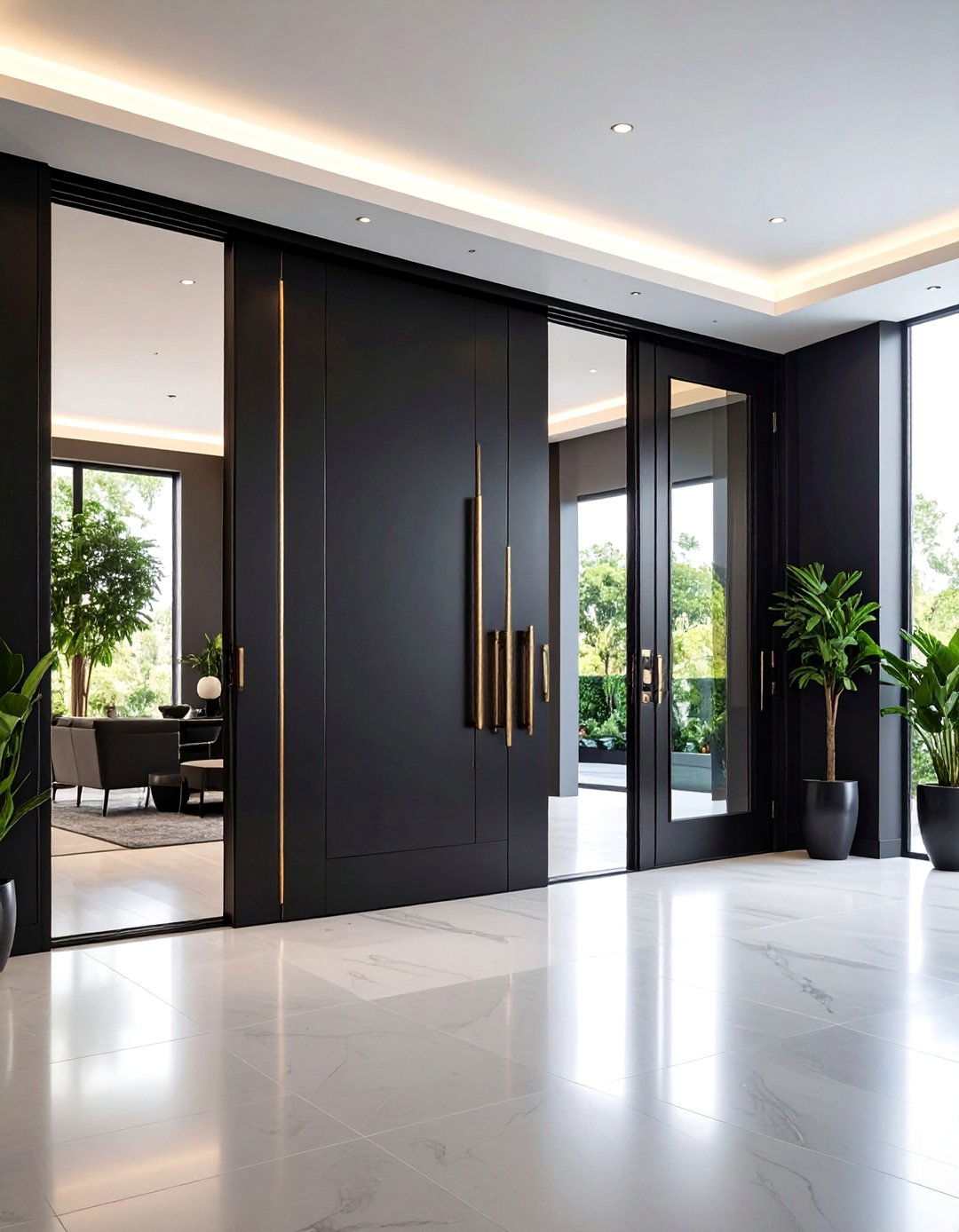

Leave a Reply